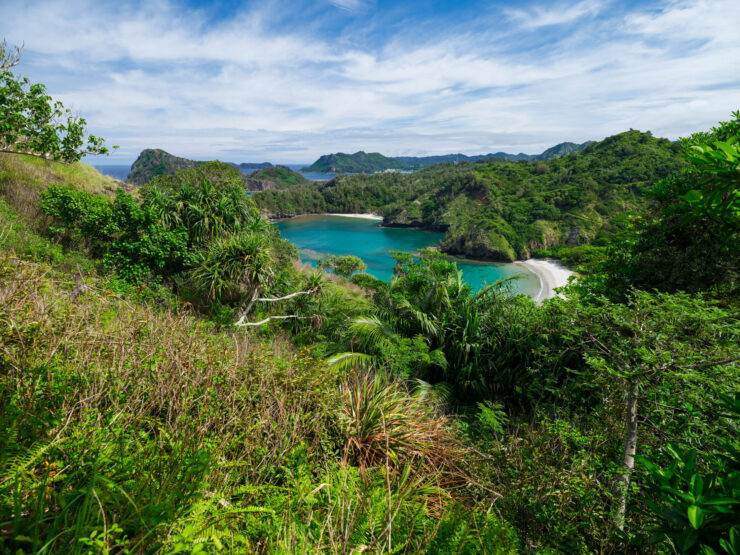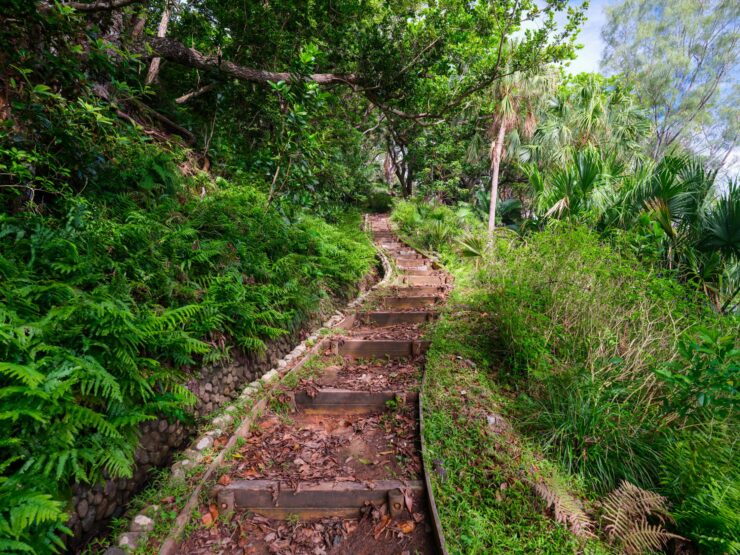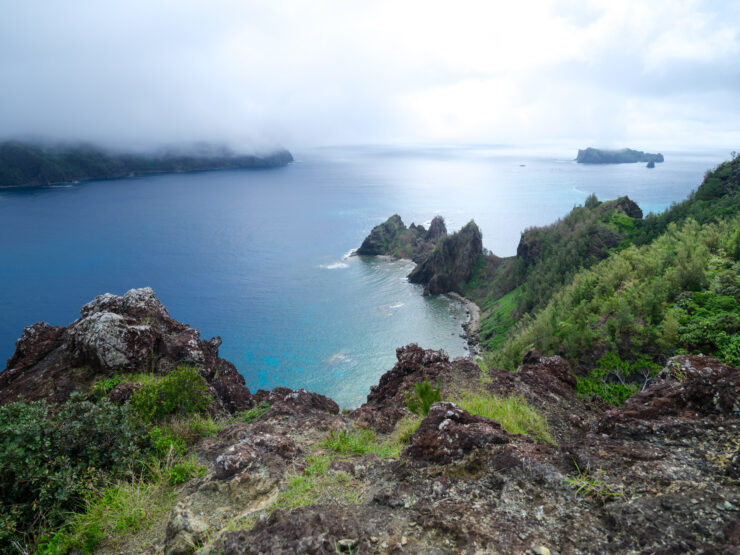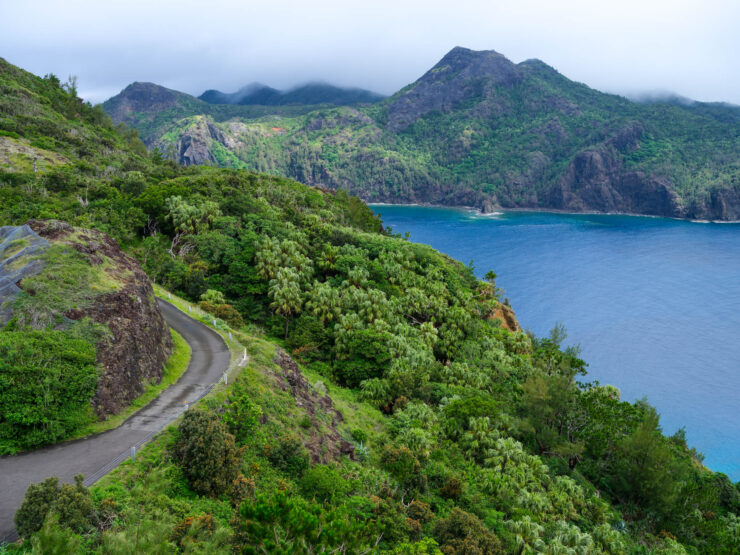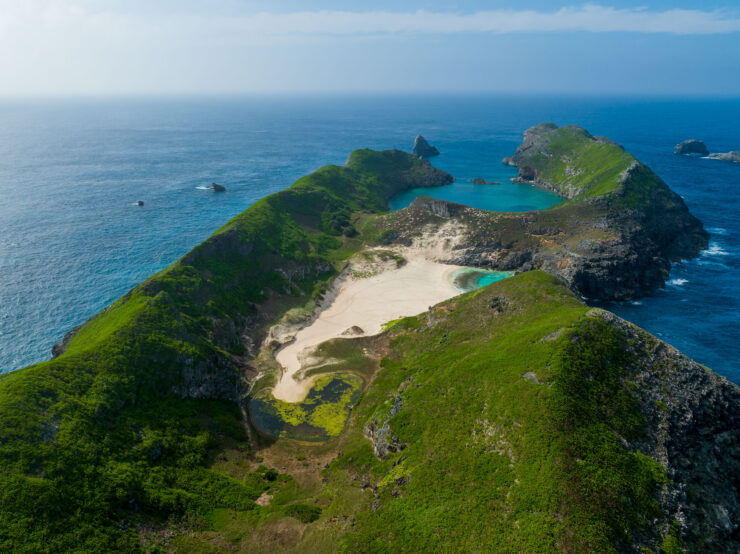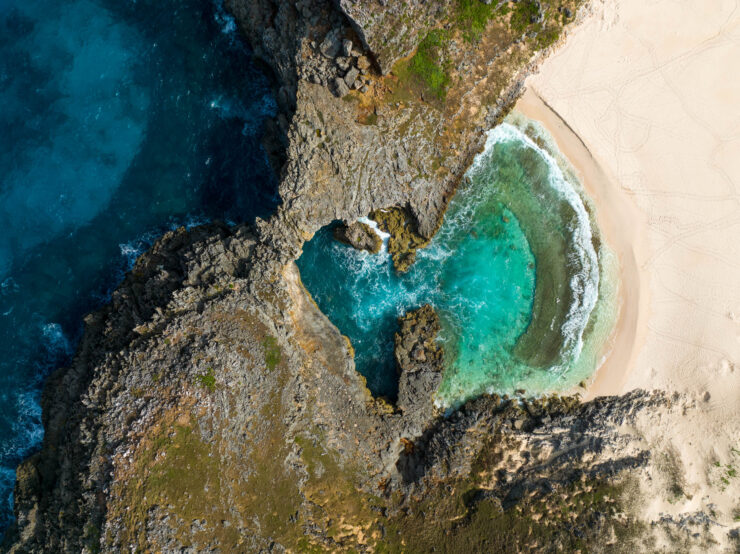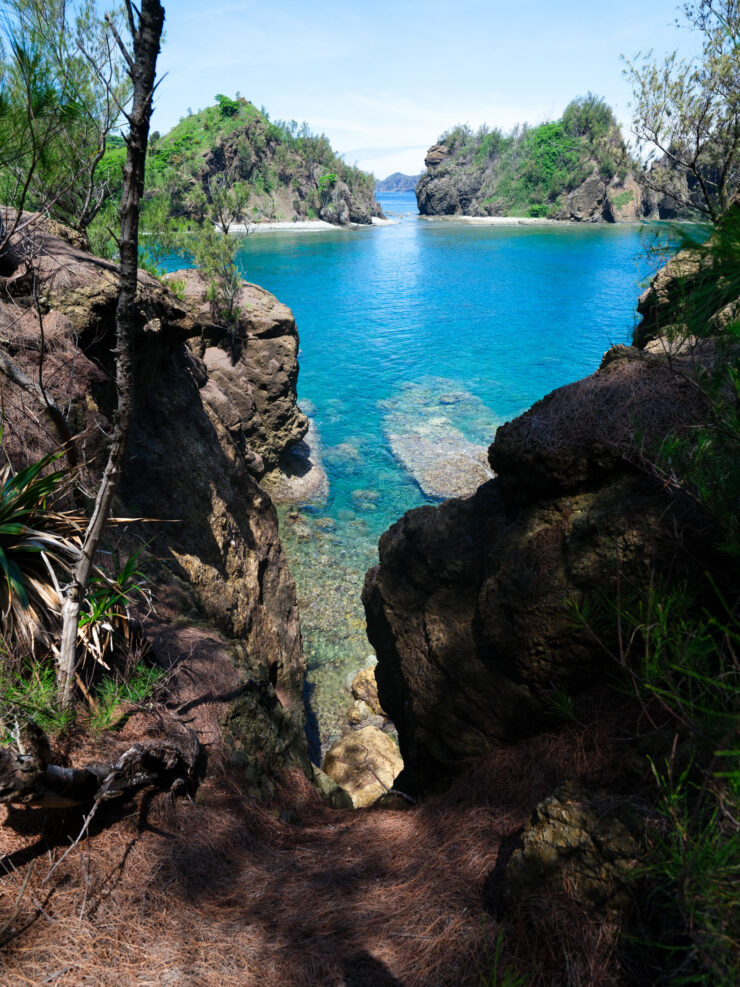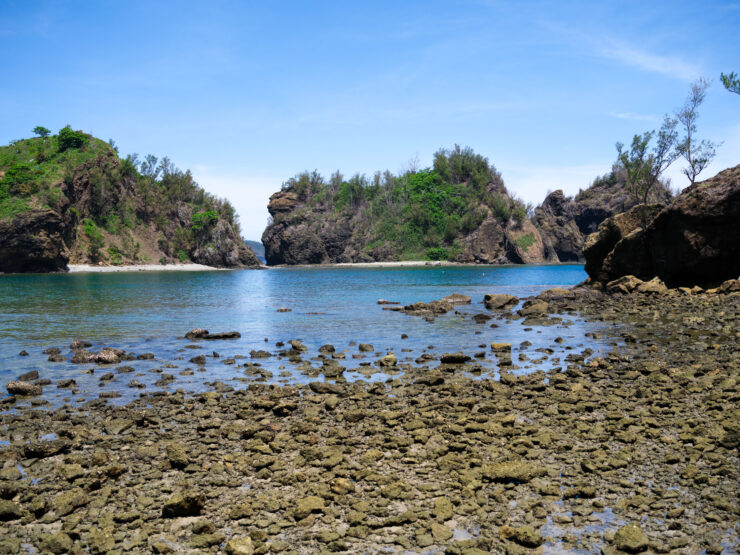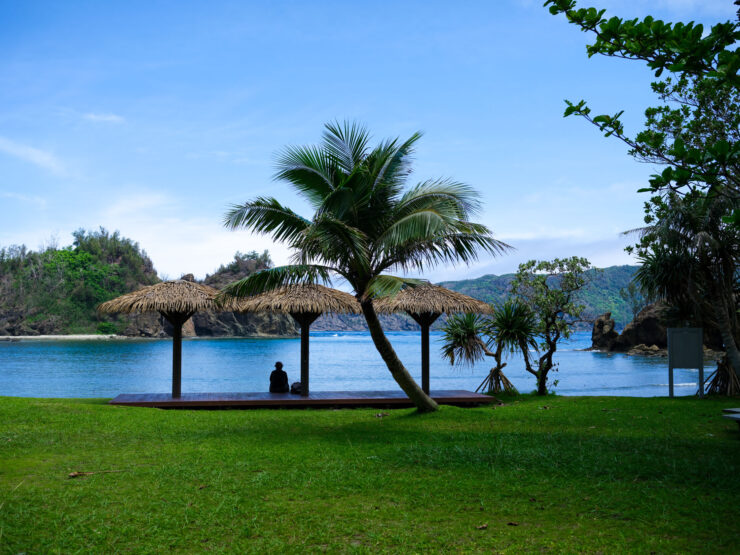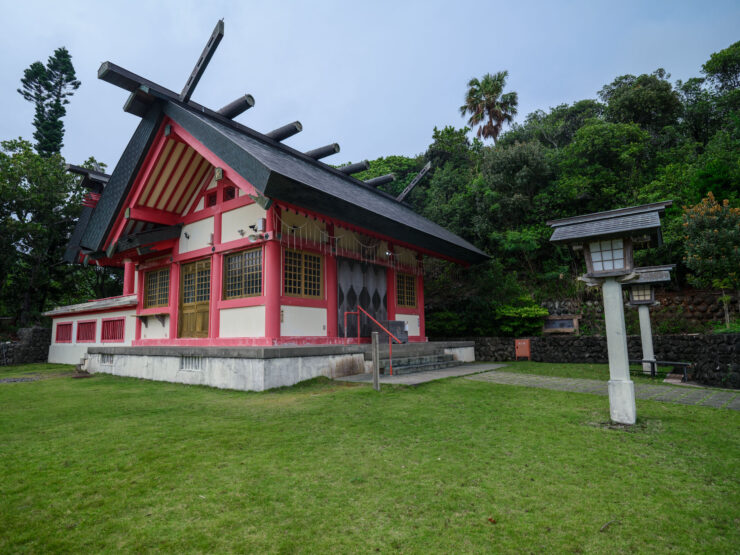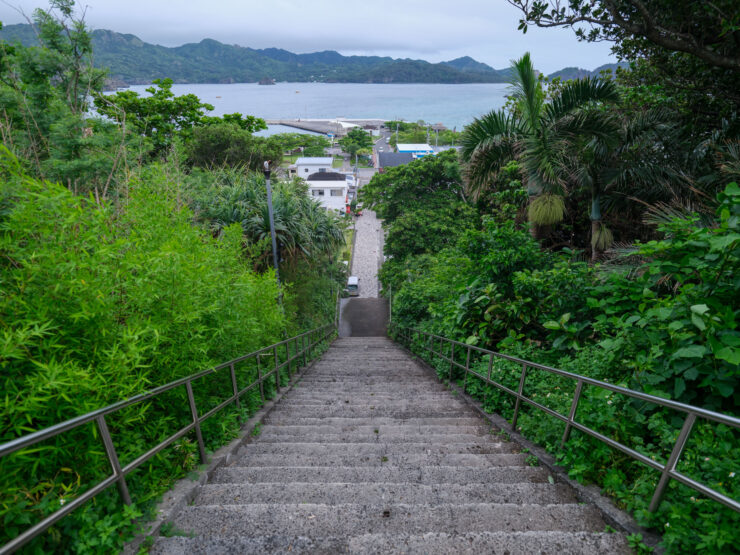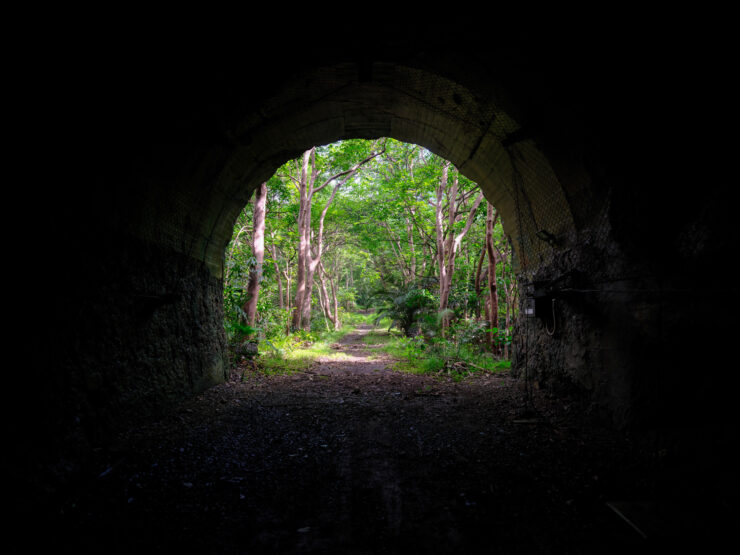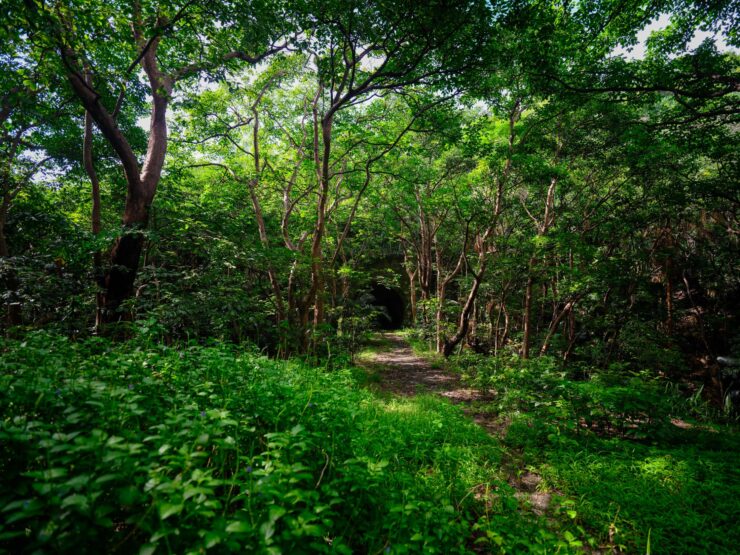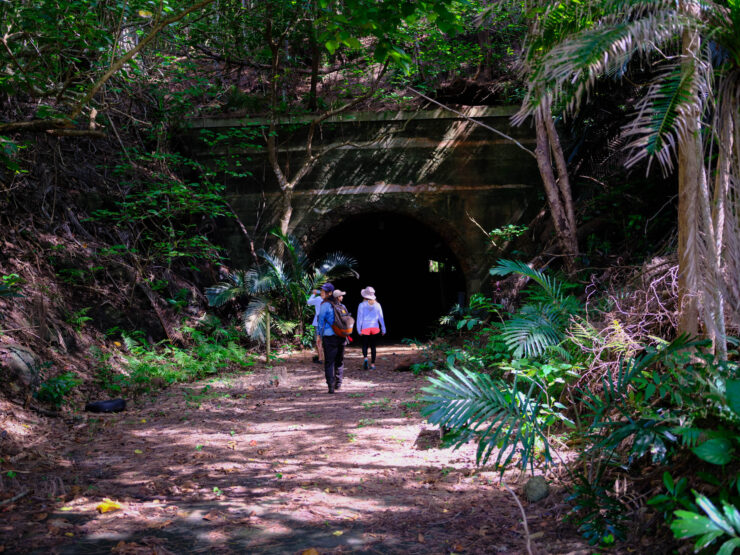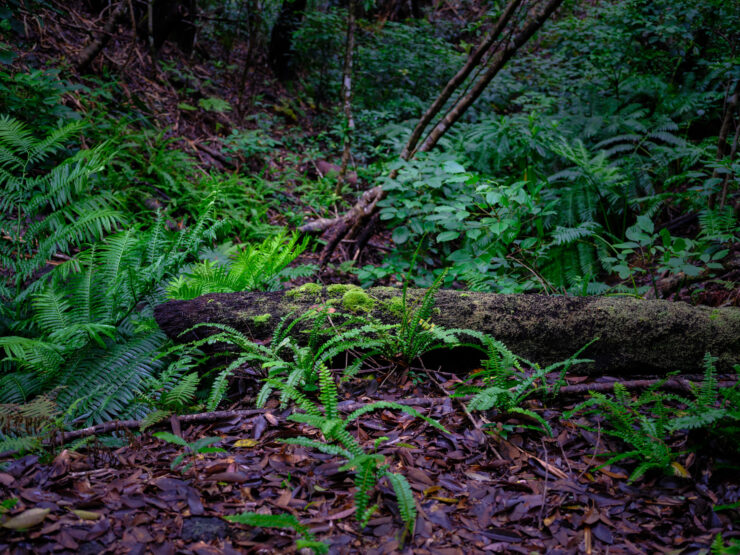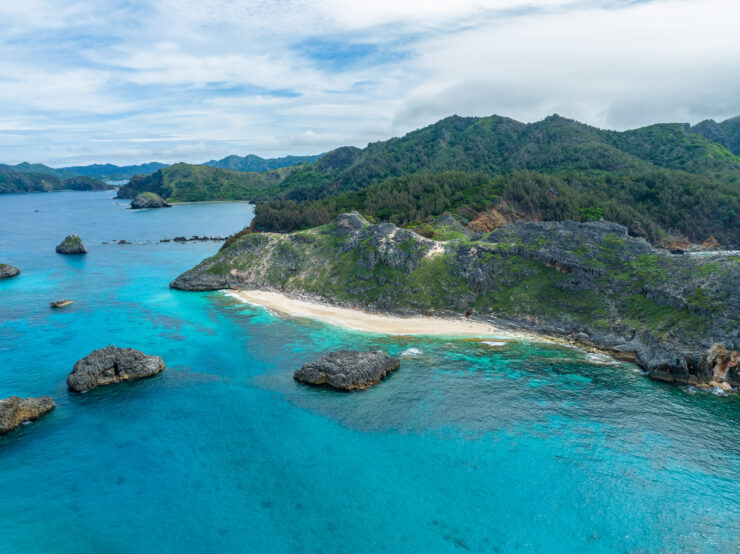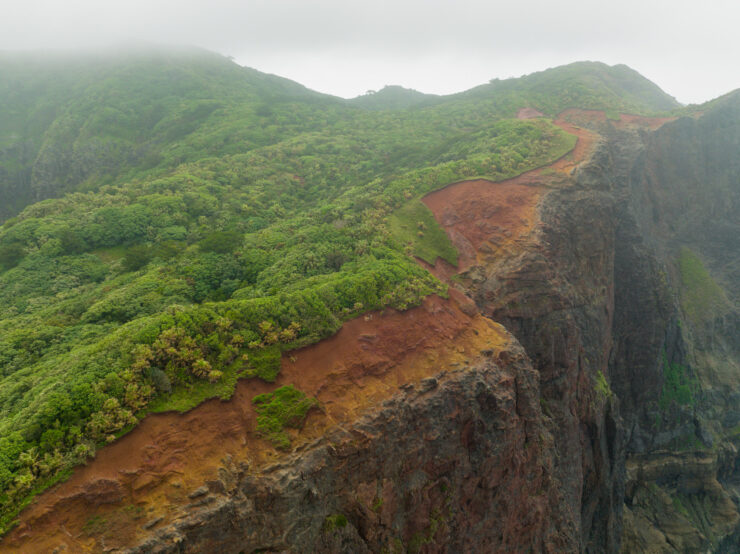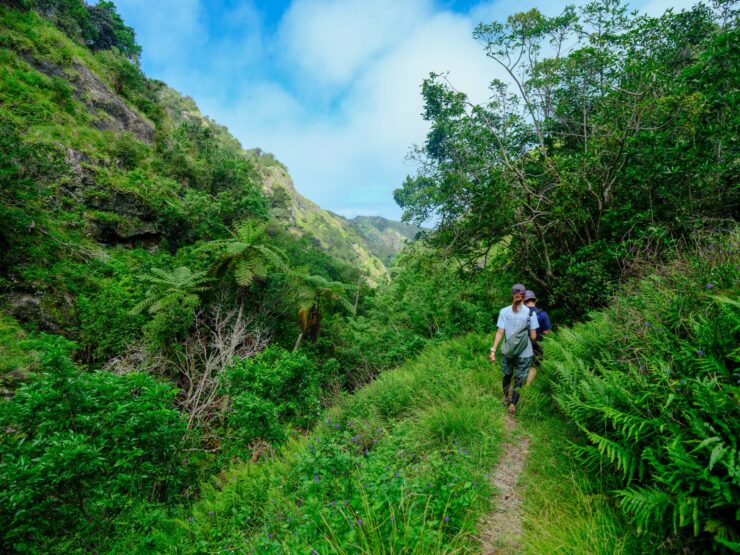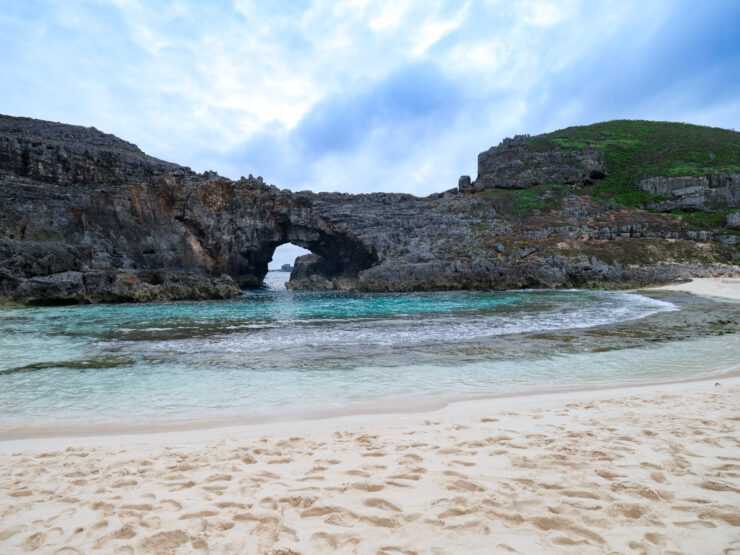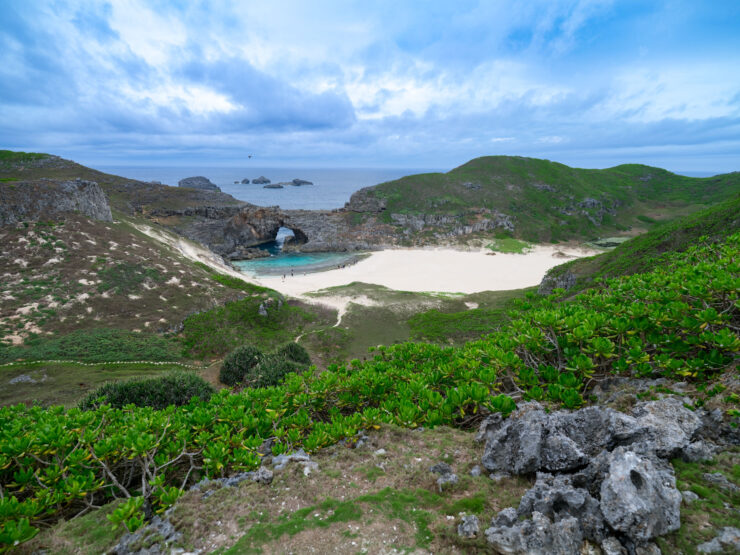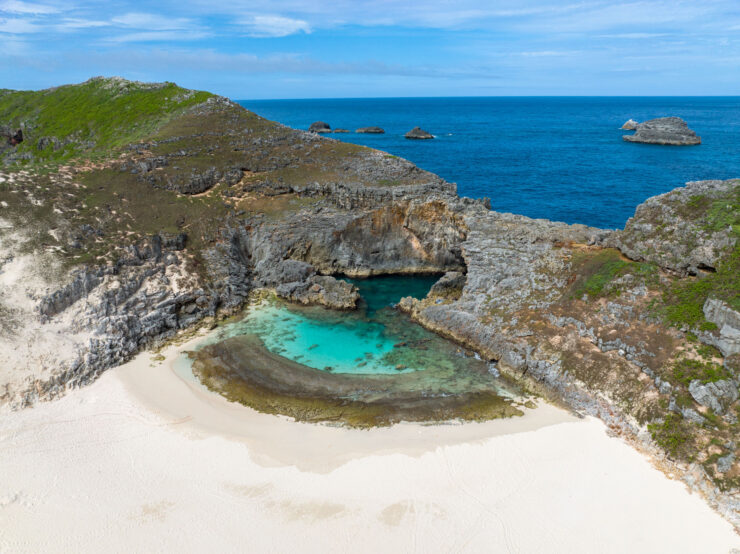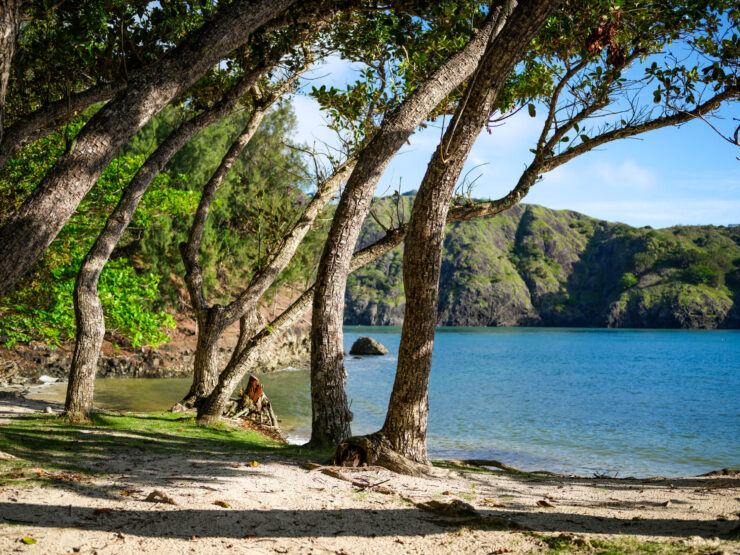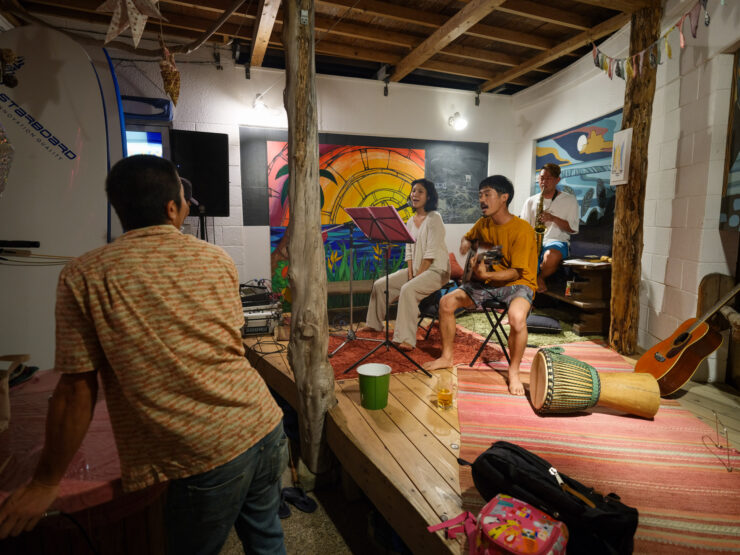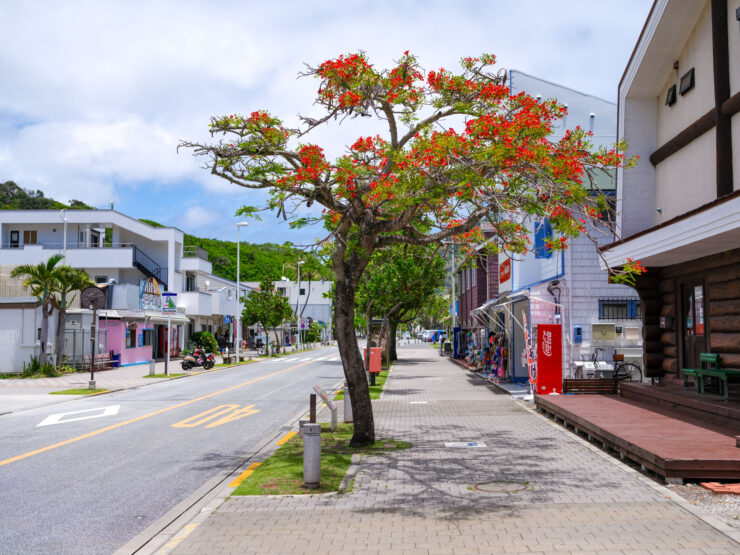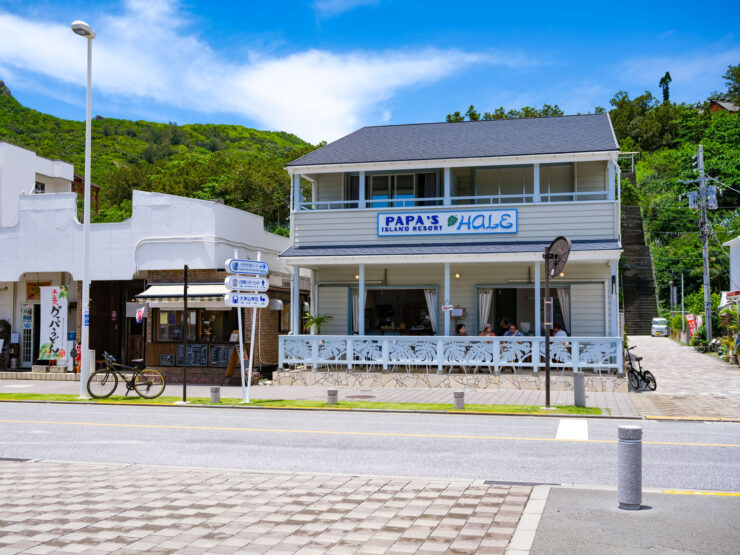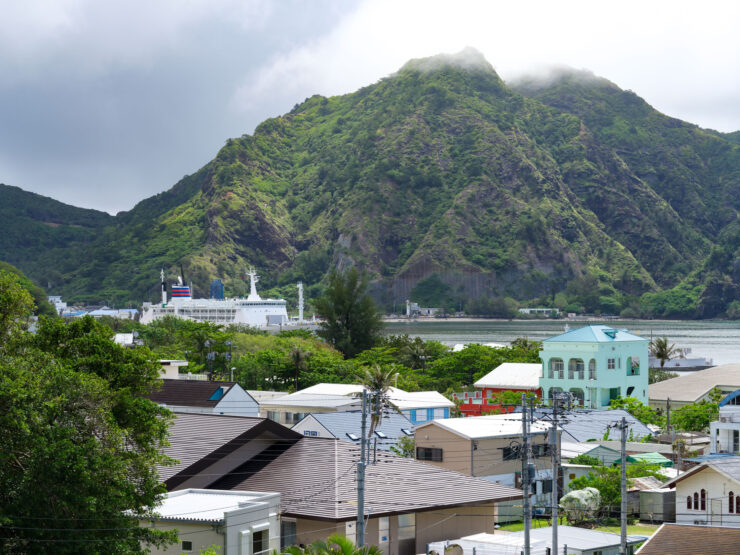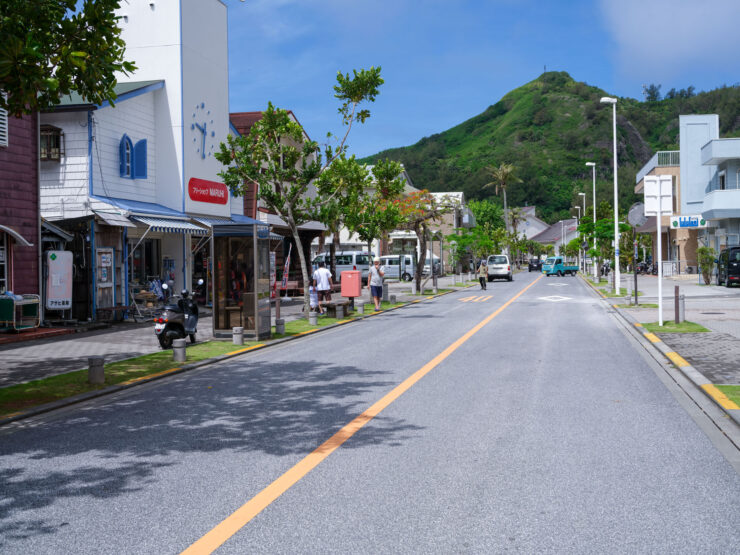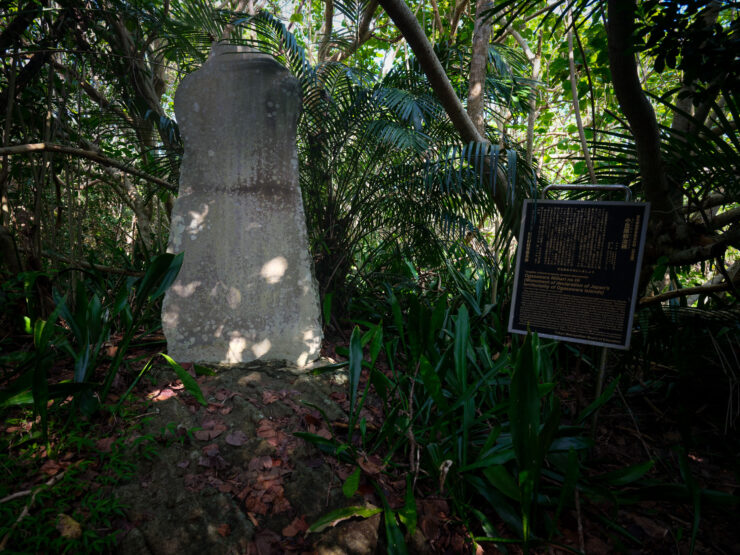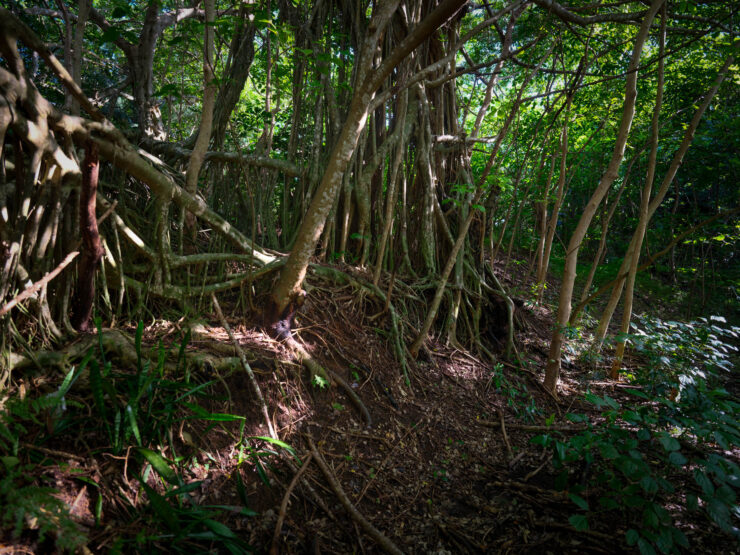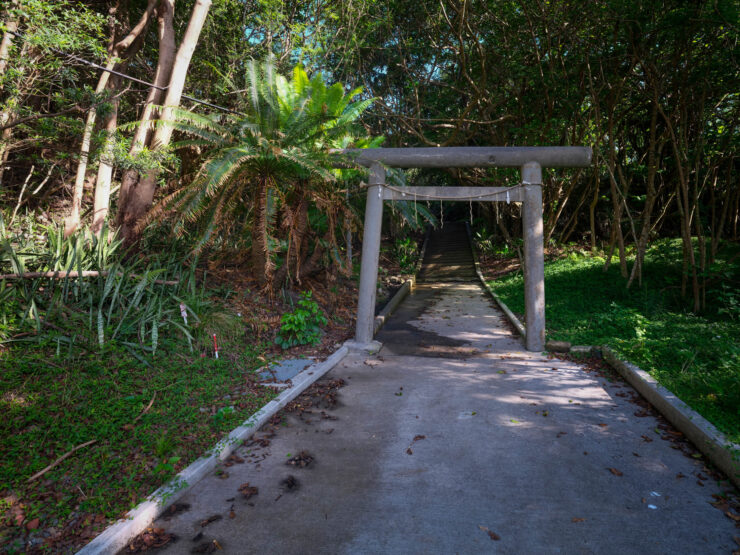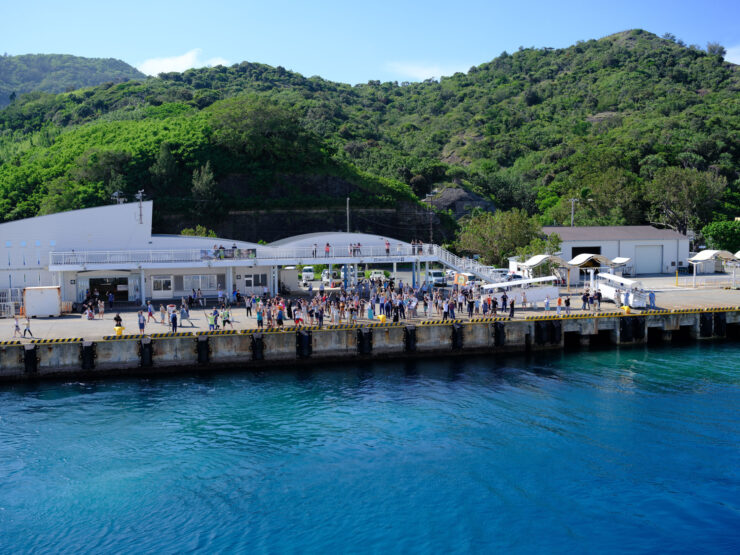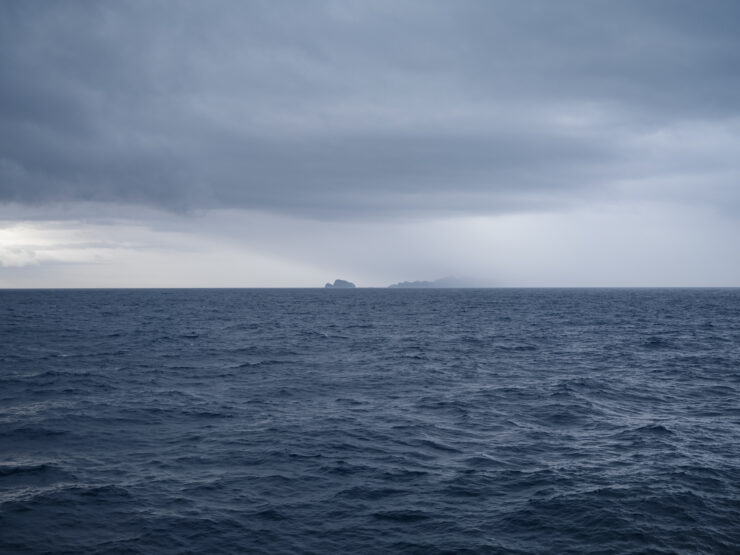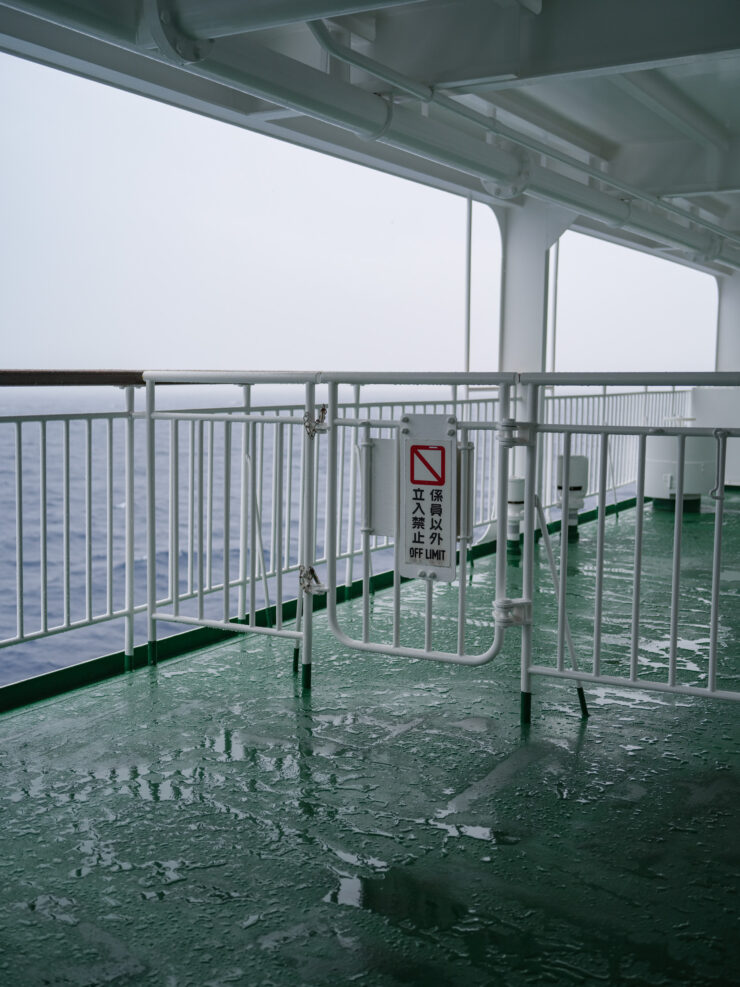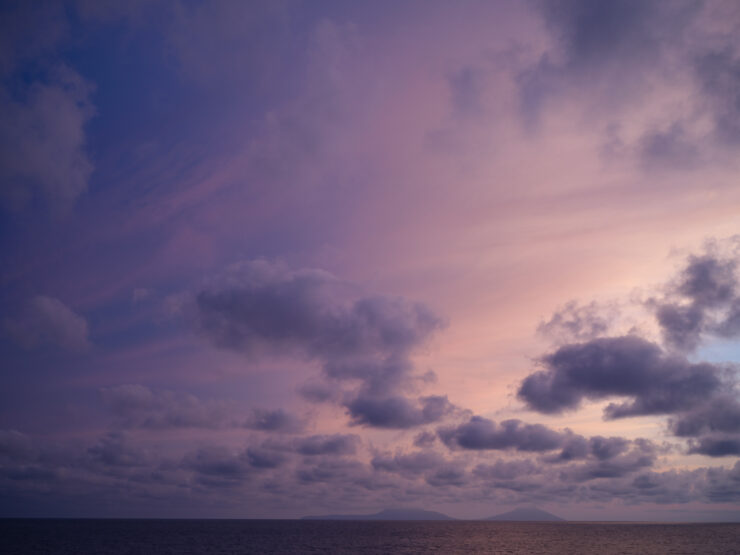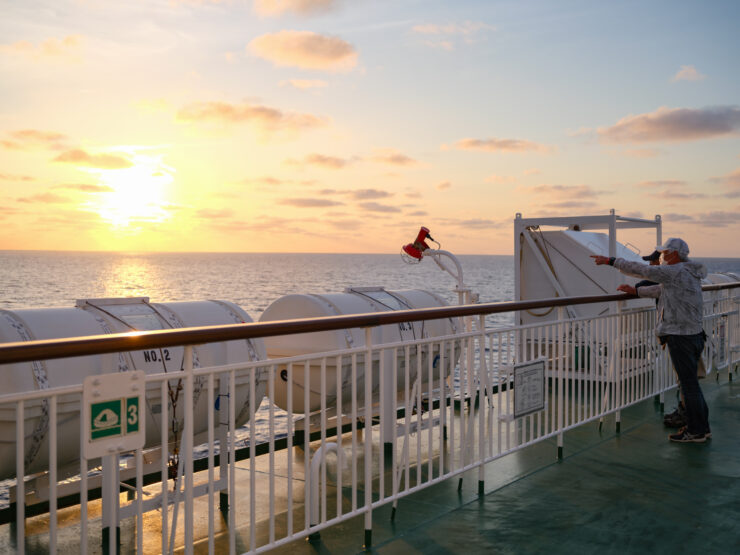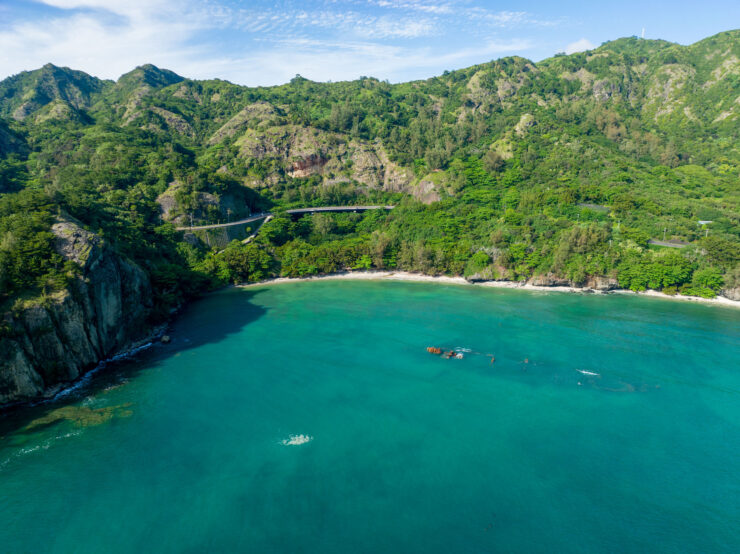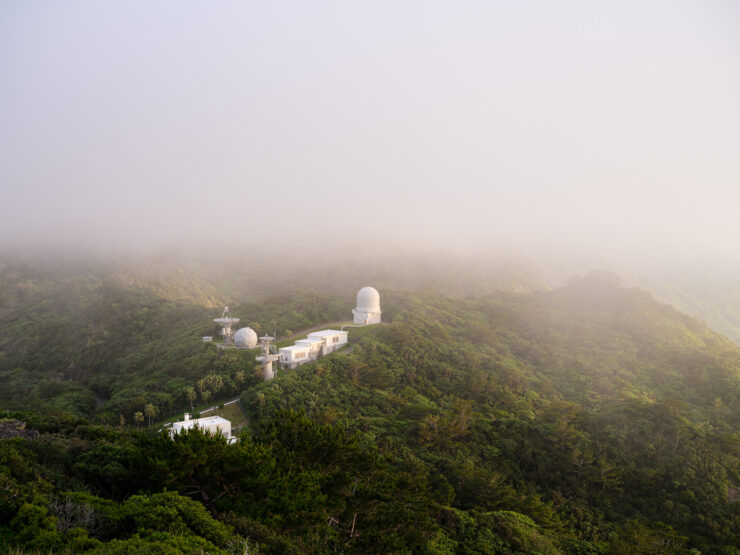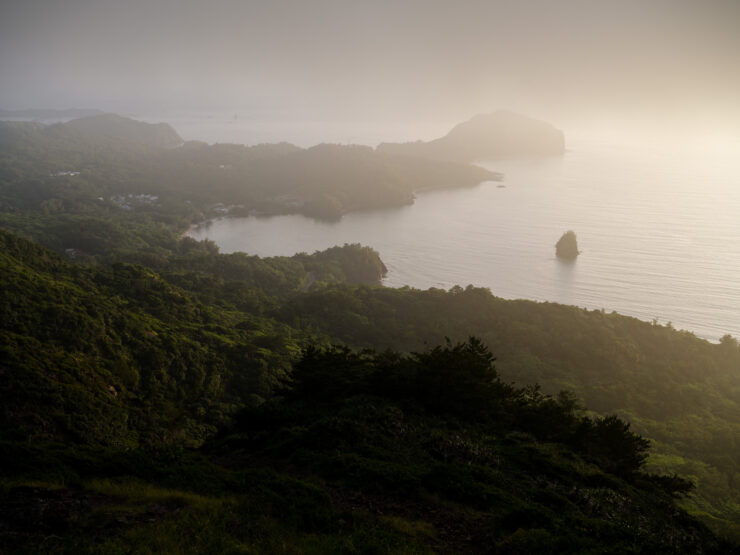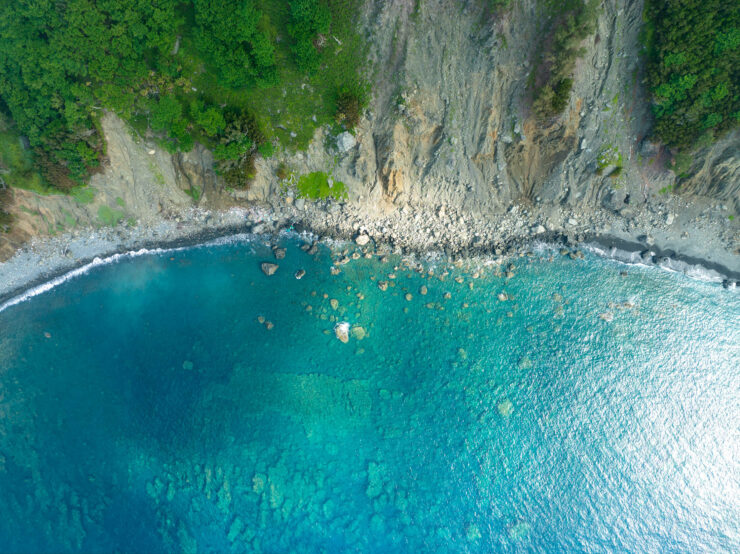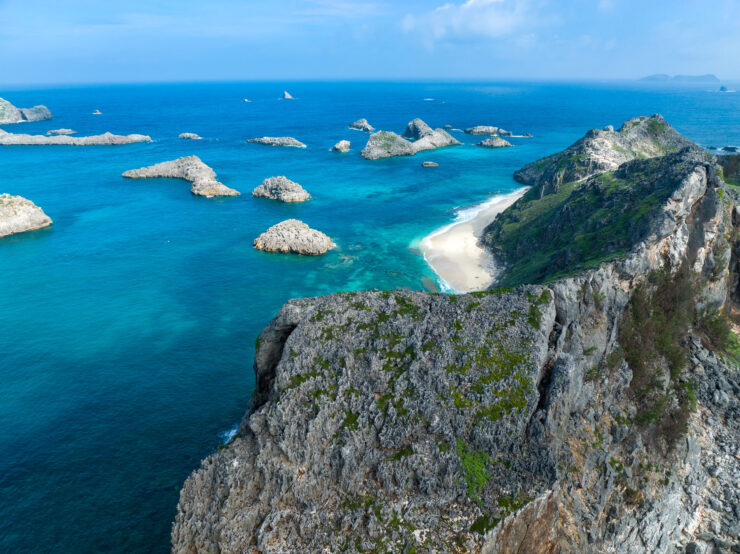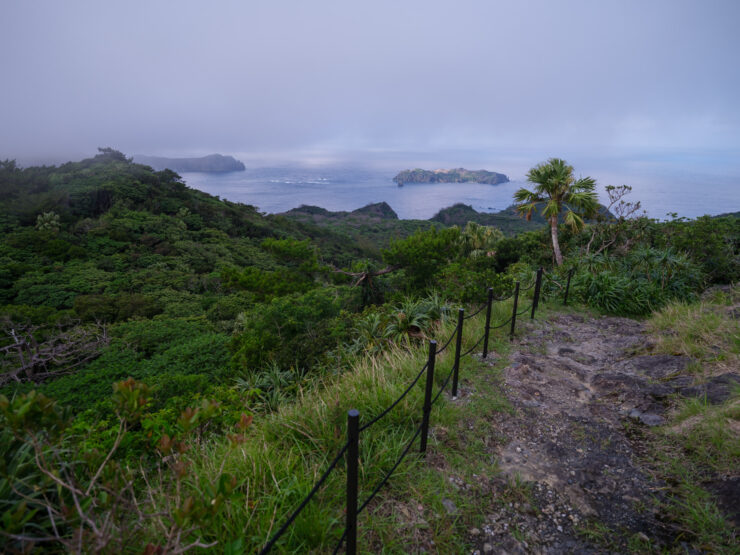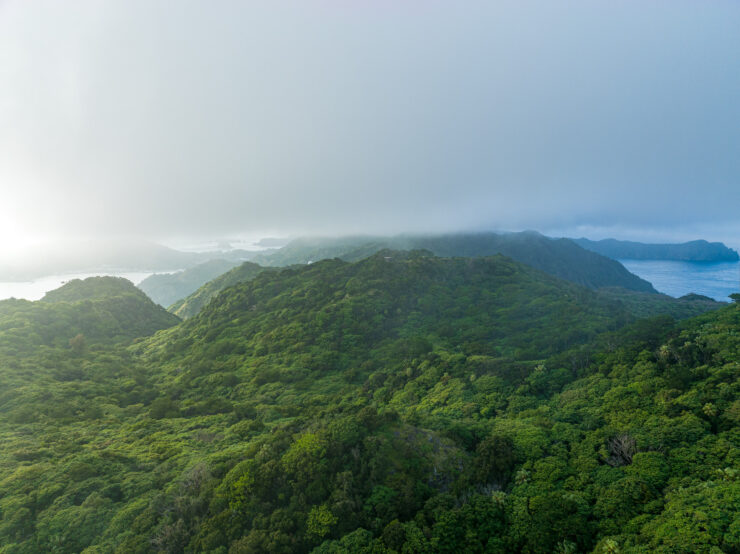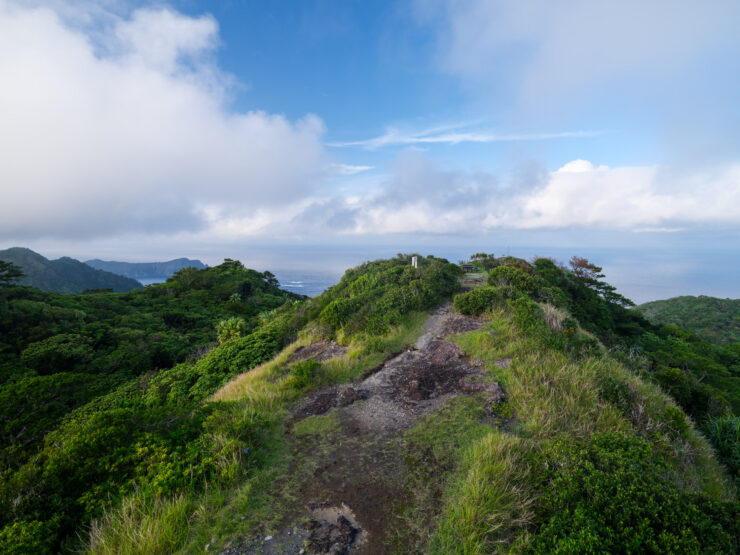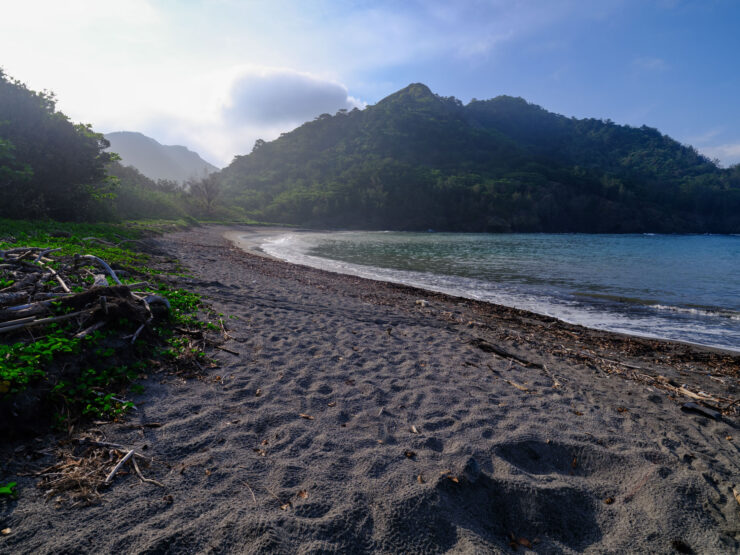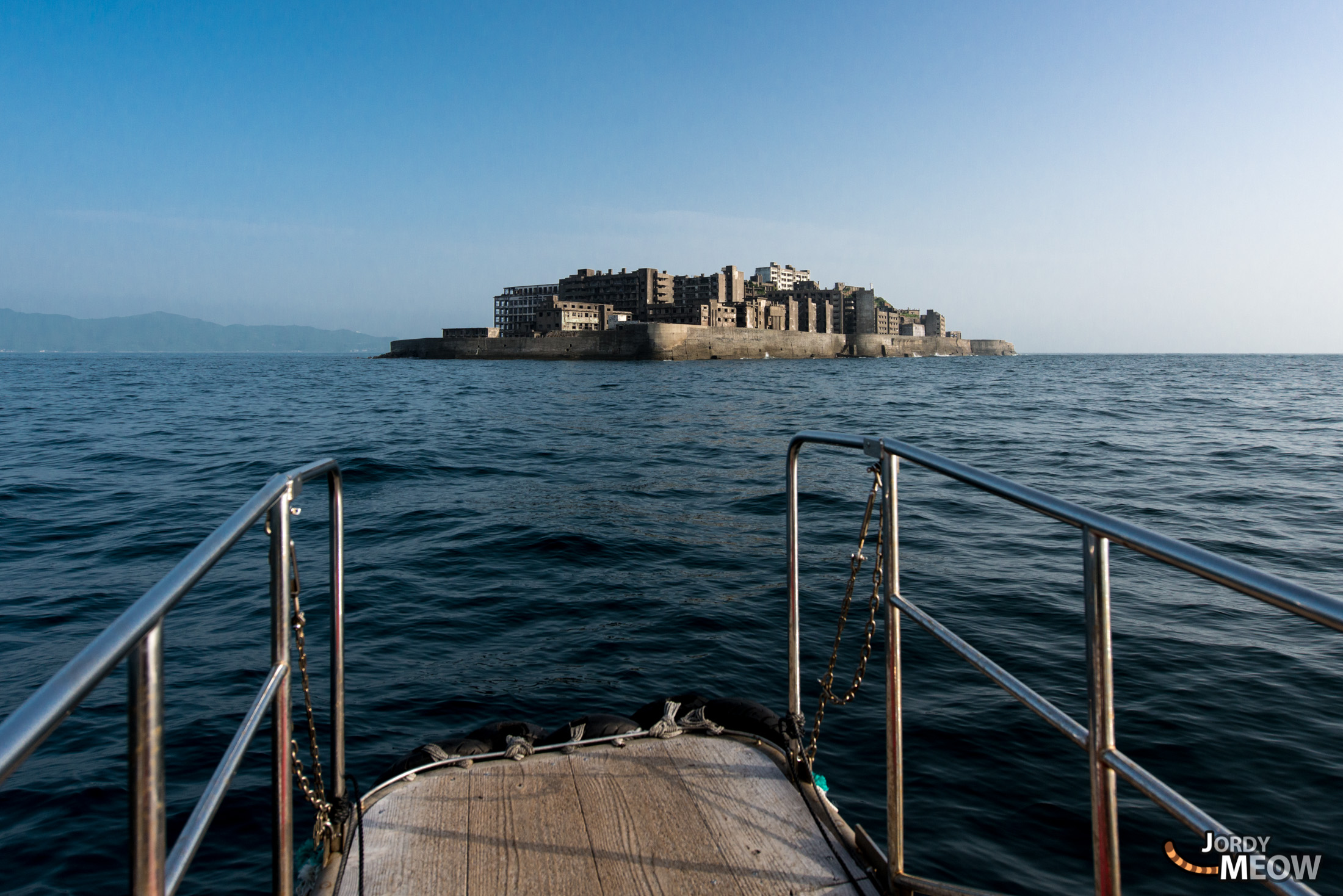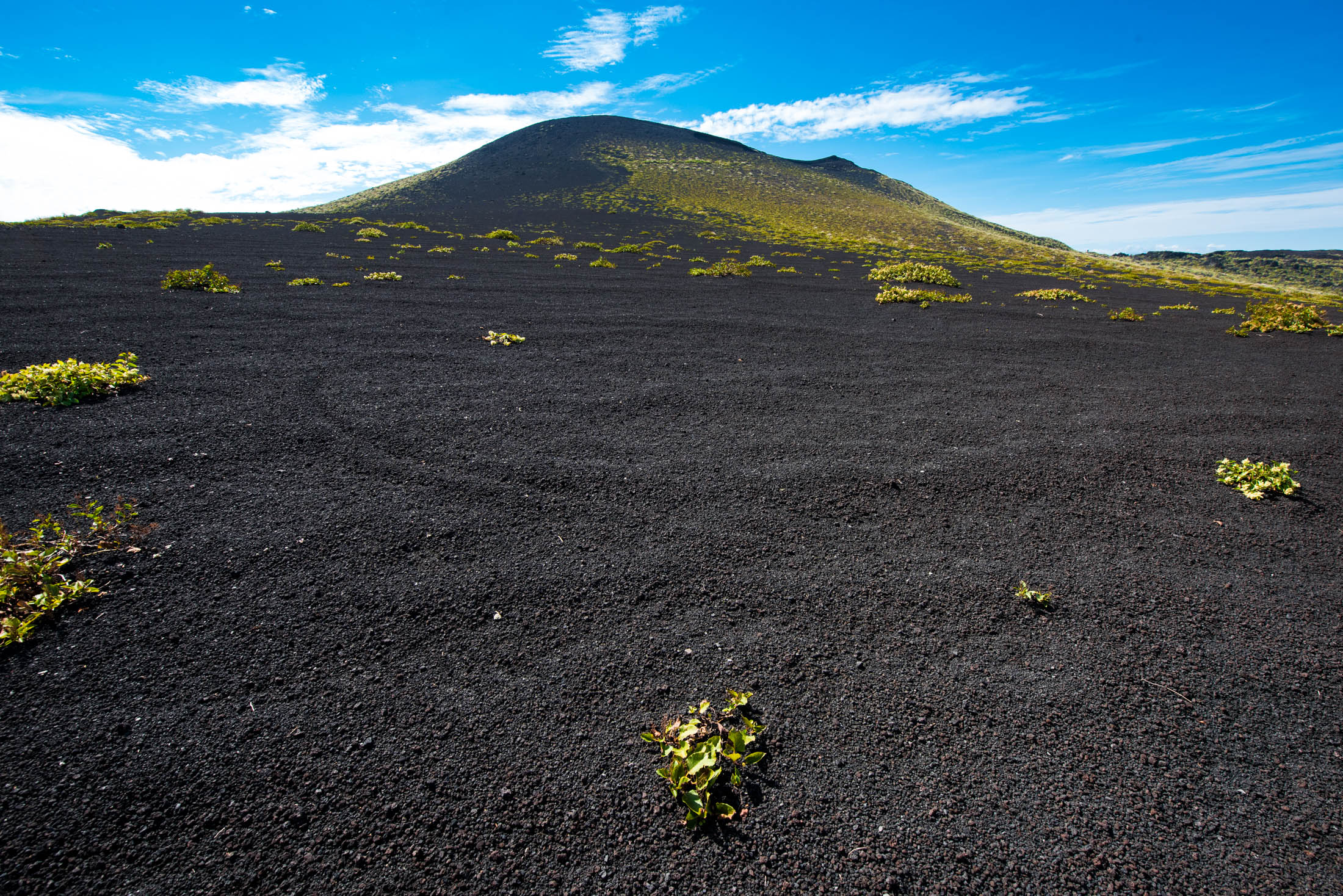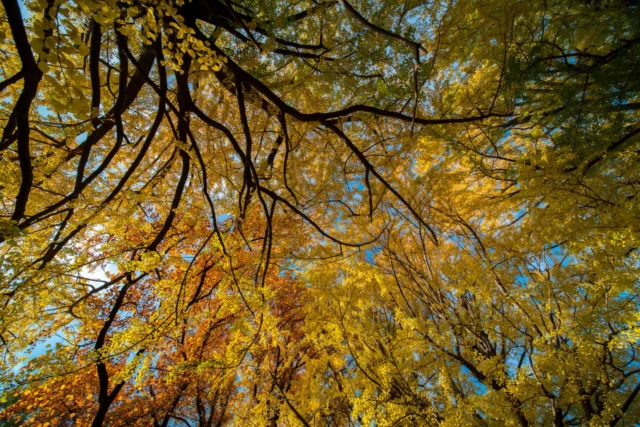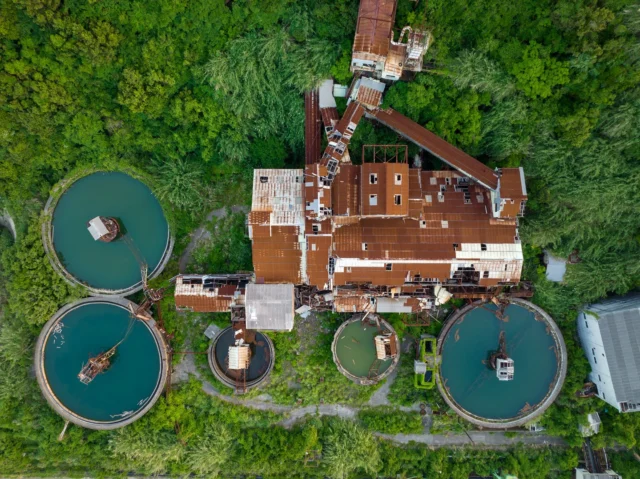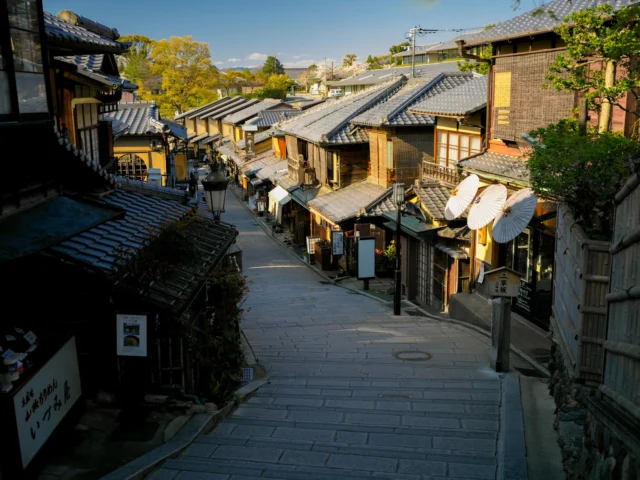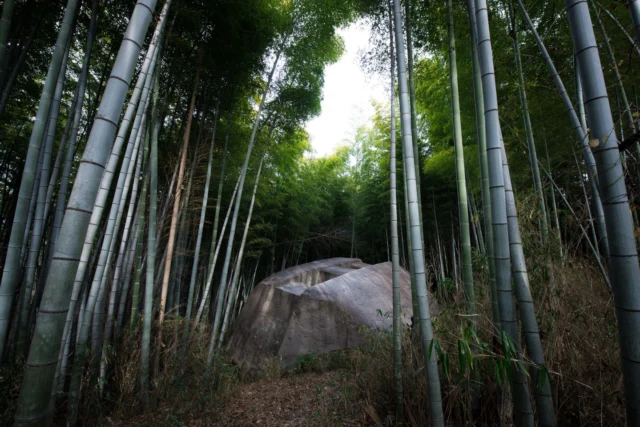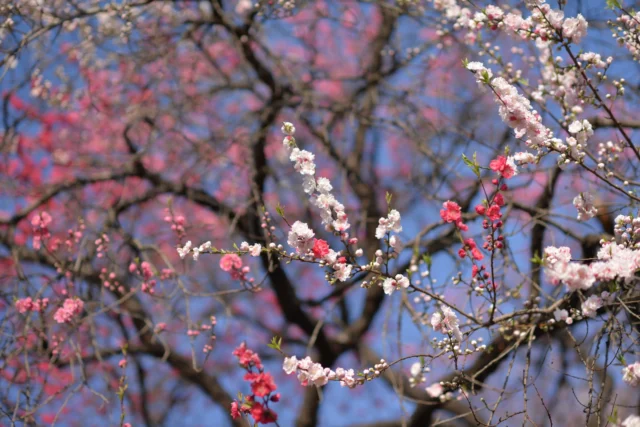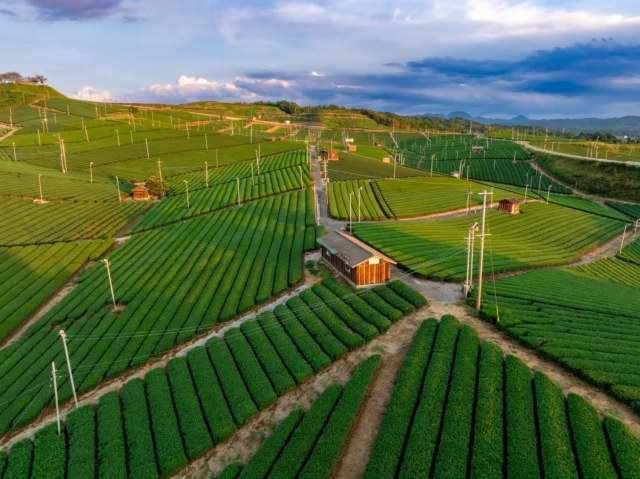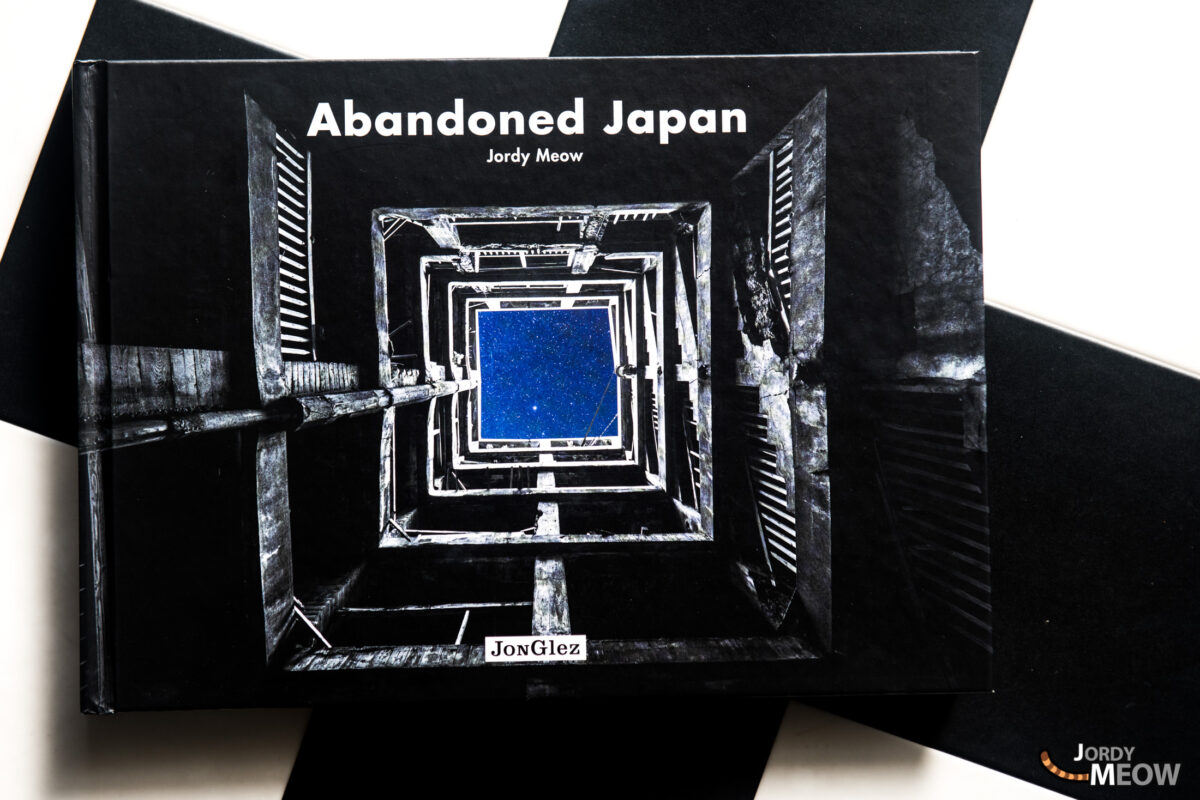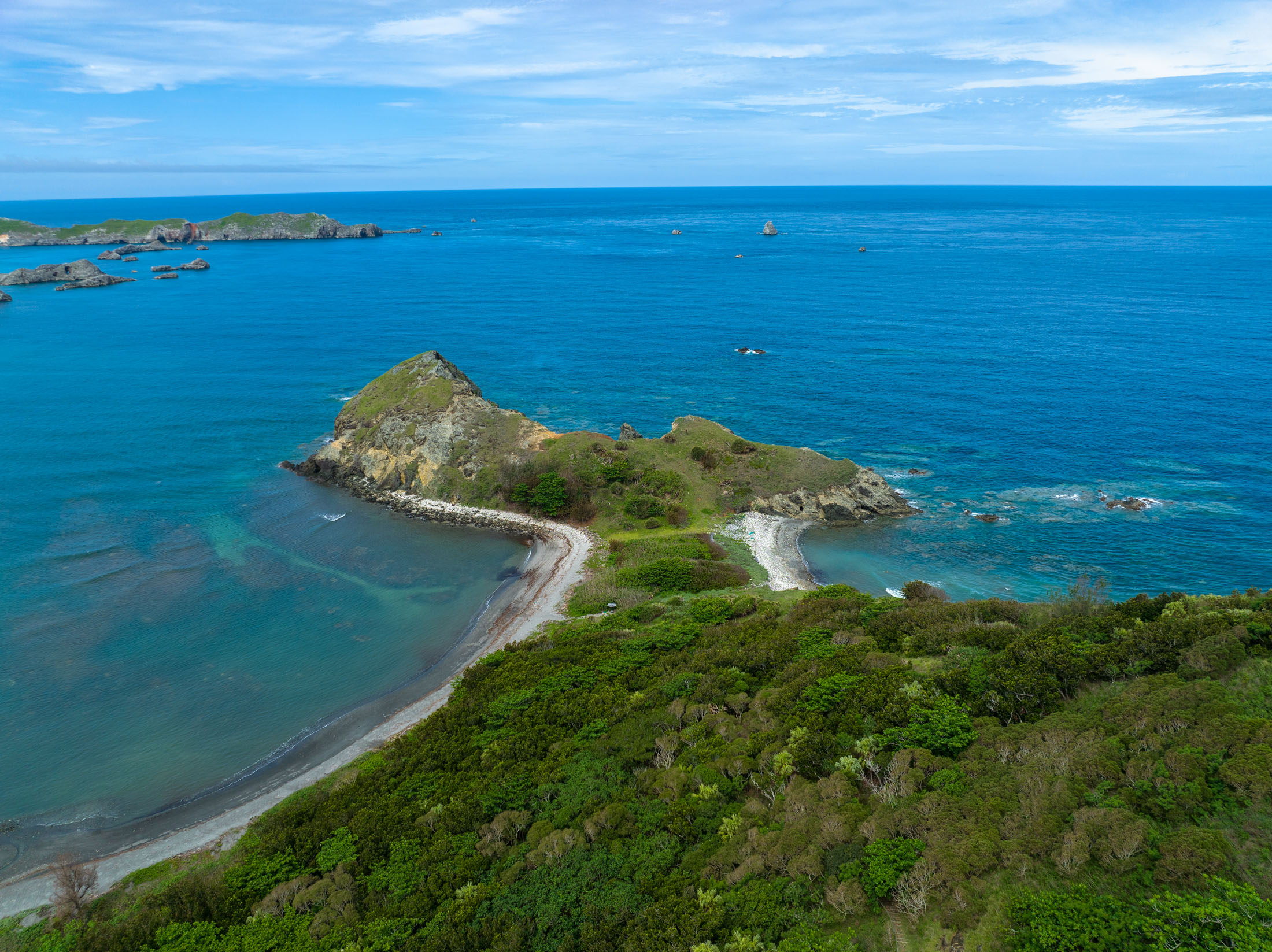
The Ogasawara archipelago, 1,000 km south of Tokyo, consists of about forty islands. Inhabited for only 200 years, its protected nature offers a unique natural ecosystem since its inscription as UNESCO World Heritage.
An archipelago with a troubled past
Two rumours vie as to how the archipelago was discovered. Western sources maintain that Spanish navigator Bernardo de la Torre discovered it in 1543, while for the Japanese its discovery is attributed to Sadayori Ogasawara in 1593.
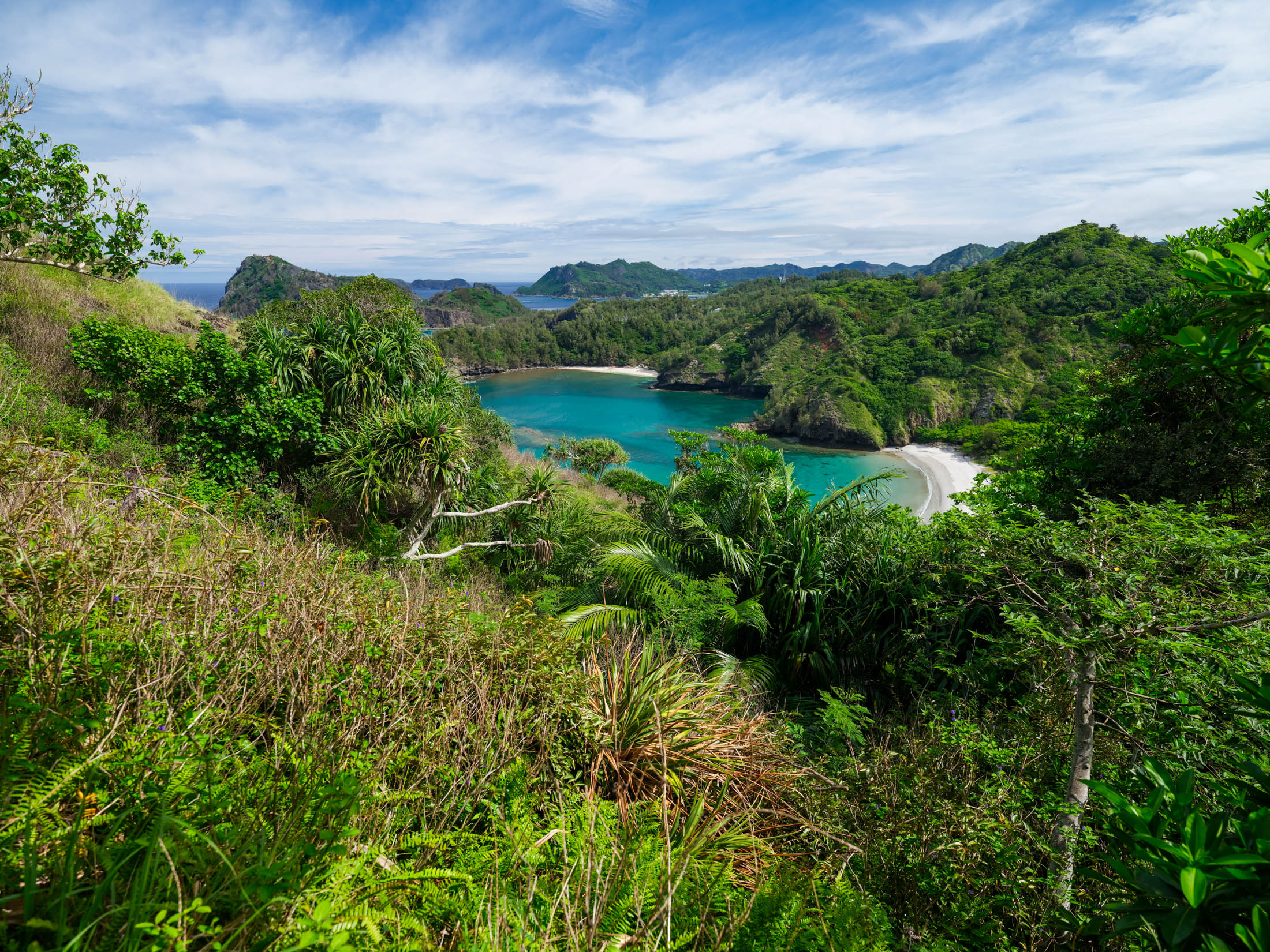
The first immigrants are not thought to have settled there until 1830. The population then consisted of whale hunters (Europeans, Hawaiians, Africans) and their crews.
In 1876 Japan took over the territory, known in English as the Bonin Islands, to rename it Ogasawara in tribute to the shogun of that name. A first wave of Japanese migrants arrived on the island and mixed with the natives (called ōbeikei).
During the Taisho and Showa eras the islands prospered, thanks to the subtropical climate conducive to agriculture and fishing. The population exceeded 7,000, but during the war the islanders were forcibly evacuated to the mainland.
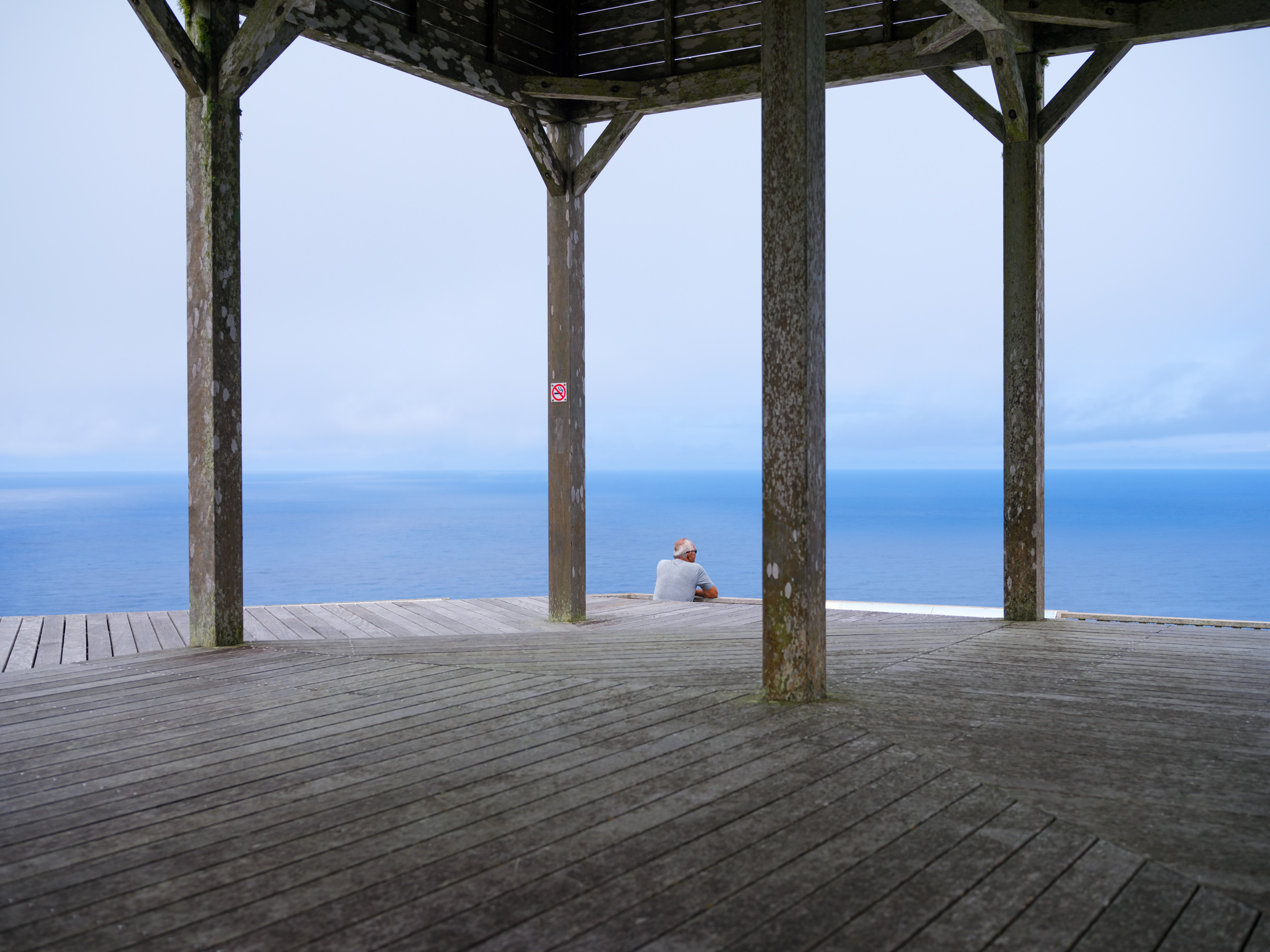
After the war, the archipelago was under American military control and was not returned to Japan until 1968. Only then were the local people finally allowed to return to their island.
Heart Rock of Chichijima cliffs
On the island of Chichijima you’ll see a curious shape in the cliffs by the shore. A red heart-shaped rock emerges 200 metres above the ground. It’s known as Chihiroiwa, which literally means “heart rock”.
Its irregular colour is thought to be due to the effect of rain on the rock.
This breathtaking spectacle is visible either from the sea, cruising in Marubeni bay, or from a hiking trail.
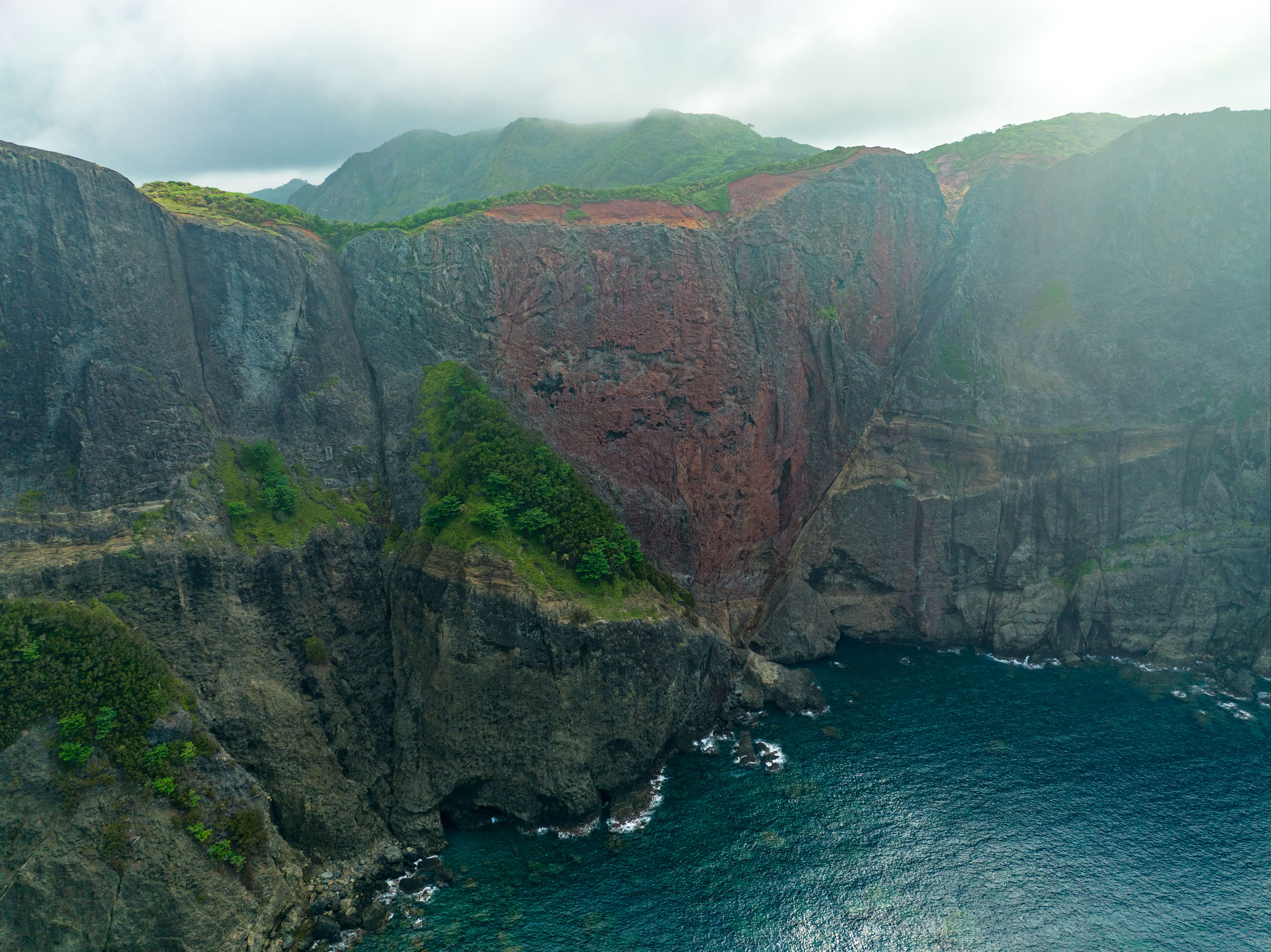
As the island is part of a protected zone, hiking trails are only accessible through a licensed guide. Climb the rock in winter, and with a little luck you’ll also see humpback whales.
Minamijima island: an uninhabited conservation area
One of the highlights of the Ogasawara archipelago is a visit to the uninhabited island of Minamijima (南 島, South Island), 1 km south-west of Chichijima. In order to protect the ecosystem, access is limited to 100 visitors at a time, and then only with a certified local guide.
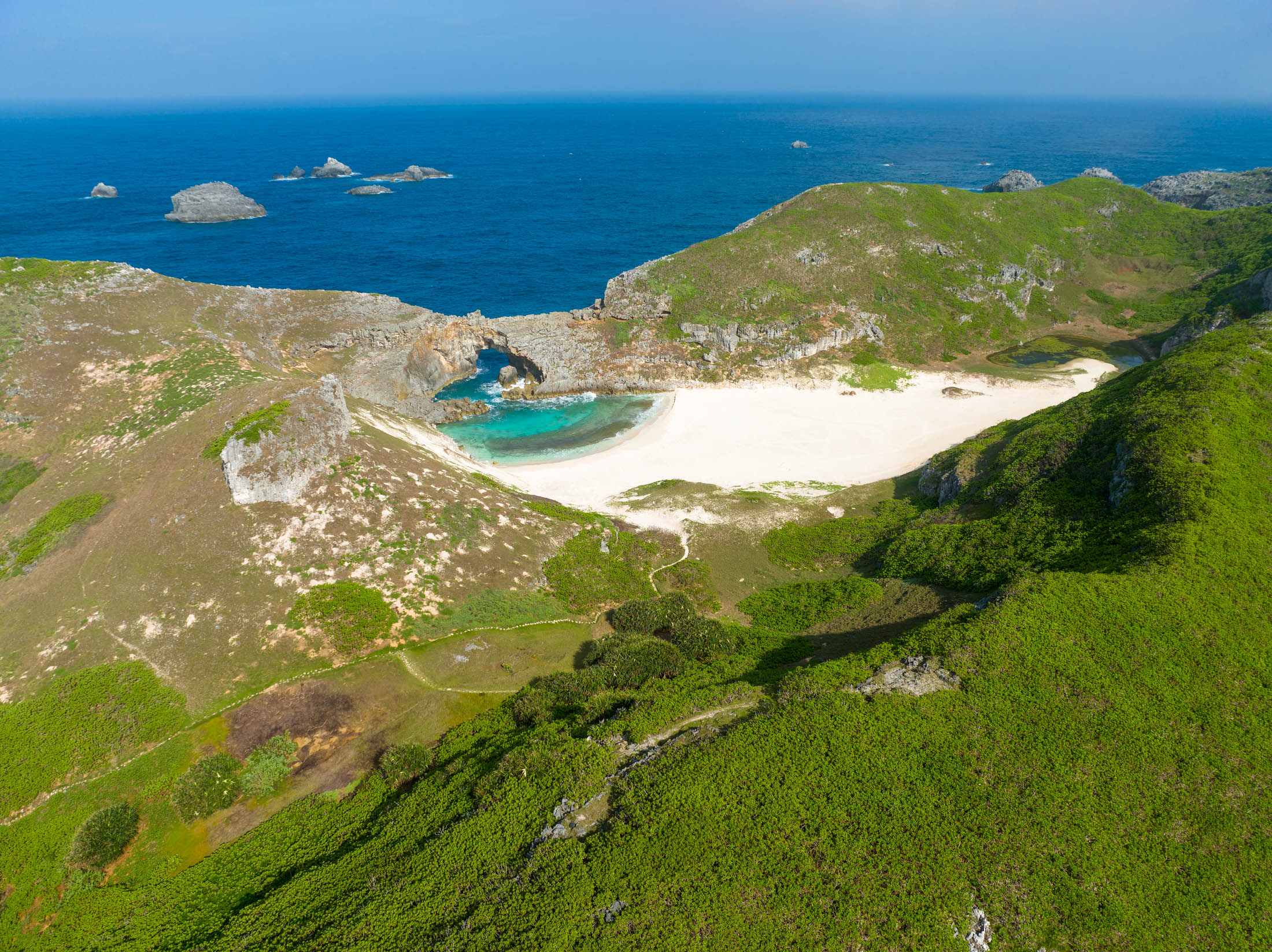
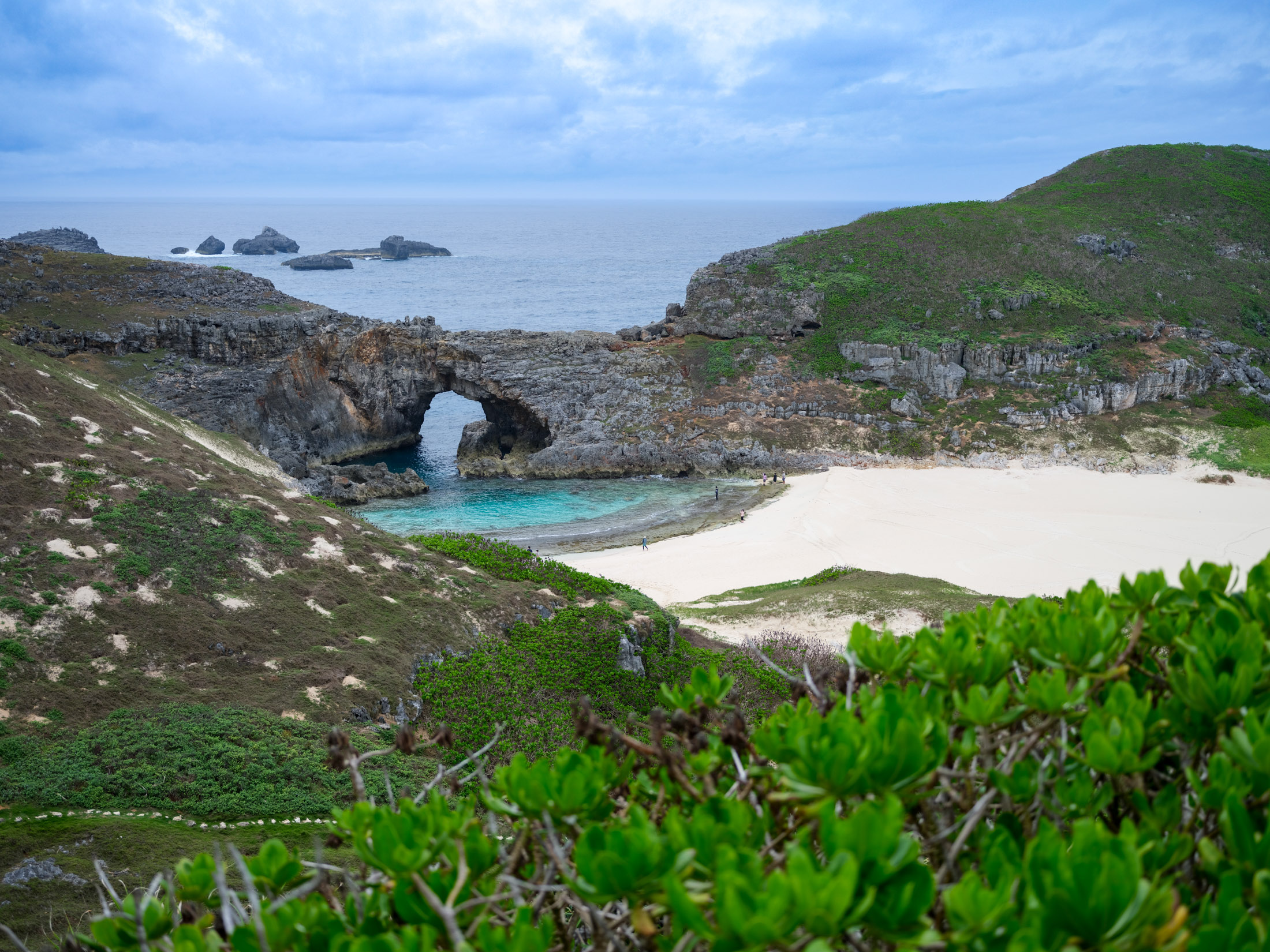
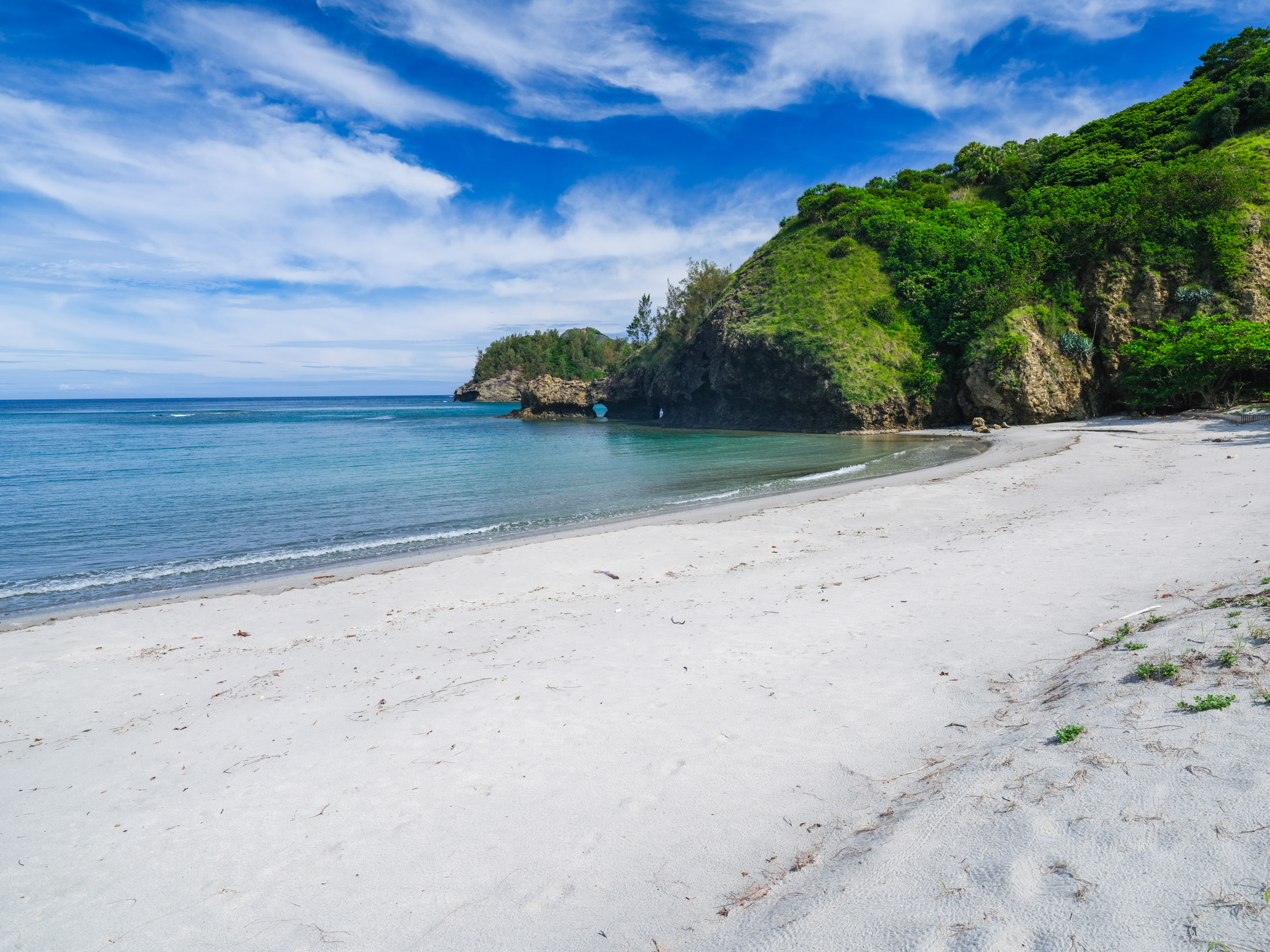
The main attraction of the island is a beautiful white beach shaped like a fan. This is also a green turtle breeding site.
Note that the island is completely closed in winter (November to February).
The calm village of Omura
Only two of the forty islands that make up the archipelago are inhabited: Chichijima and Hahajima.

Omura, on Chichijima island, is the largest “urban centre” in the Ogasawara archipelago. A small, quiet village with a tropical ambiance.
As in the Okinawa Islands, with the change of scenery this feels far from well-known mainland Japan. Rows of traditional wooden houses (machiya) give way to white and blue bungalows surrounded by hibiscus and palm trees.
This is also the ferry port.
Visiting Ogasawara by ferry
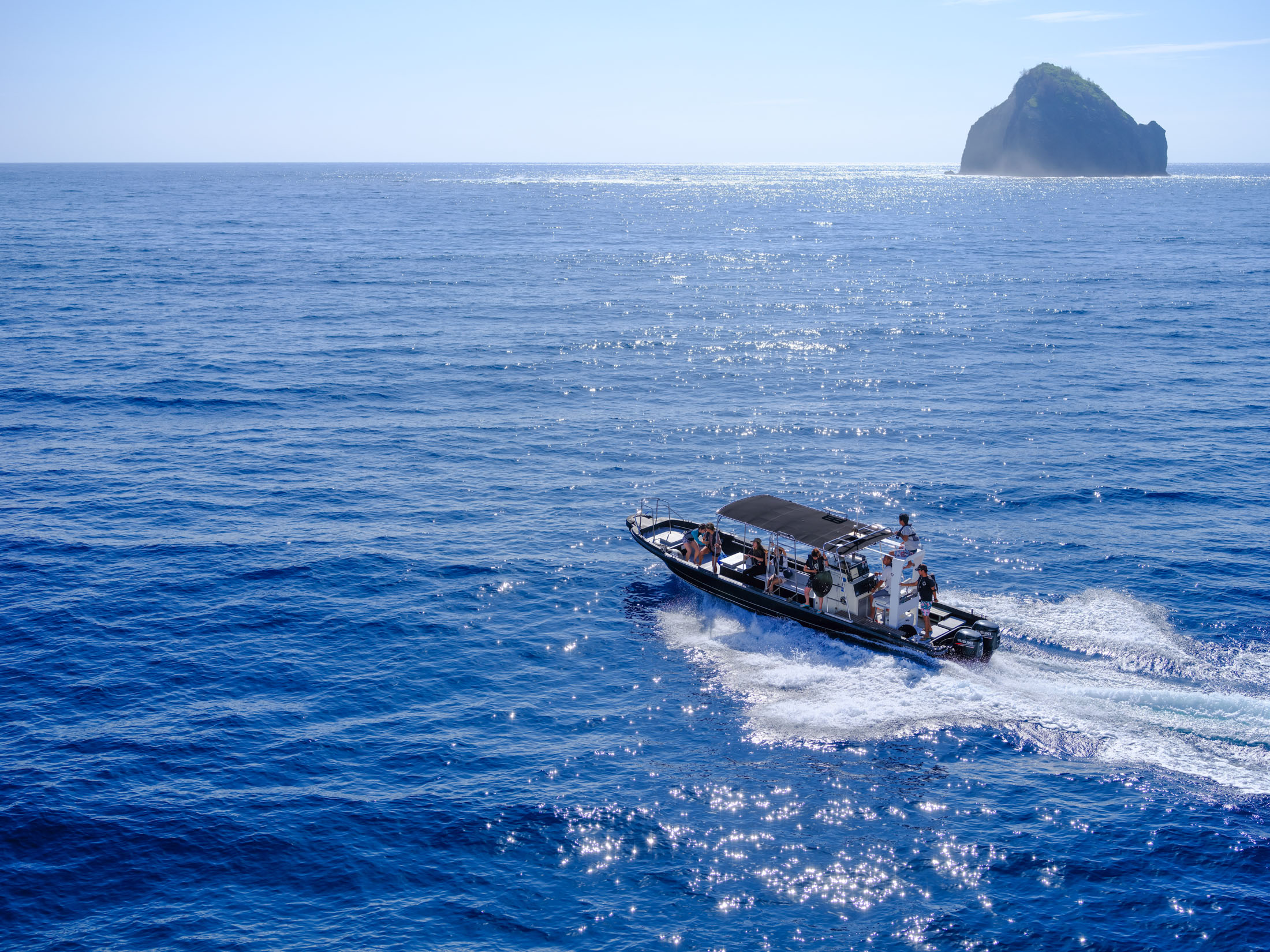
To reach this charming archipelago, you still have to be patient: the ferry crossing takes 24 hours from Tokyo.
The Ogasawara-Maru ferry departs from Takeshiba terminal in Tokyo in the morning and arrives at Futami port on Chichijima the next morning. From here you can take connections to the other islands.
The cruise is an adventure in itself and there’s no lack of beautiful scenery along the way.
The price depends on the level of comfort you choose for your cabin: between 25,000 and 75,000 yen per person (note: rates may vary depending on the season). In economy class, you’ll have a bunk in a dormitory, while in the luxury version you’ll have the chance of a private room with bathroom and toilet.
Protected endemic fauna and flora
What distinguishes this archipelago (and its fragility) is its unique nature. This has earned the islands their UNESCO World Heritage designation since 2011.

This exceptional species conservation zone, unique in the world, has also earned it the nickname “Galapagos of Asia”.
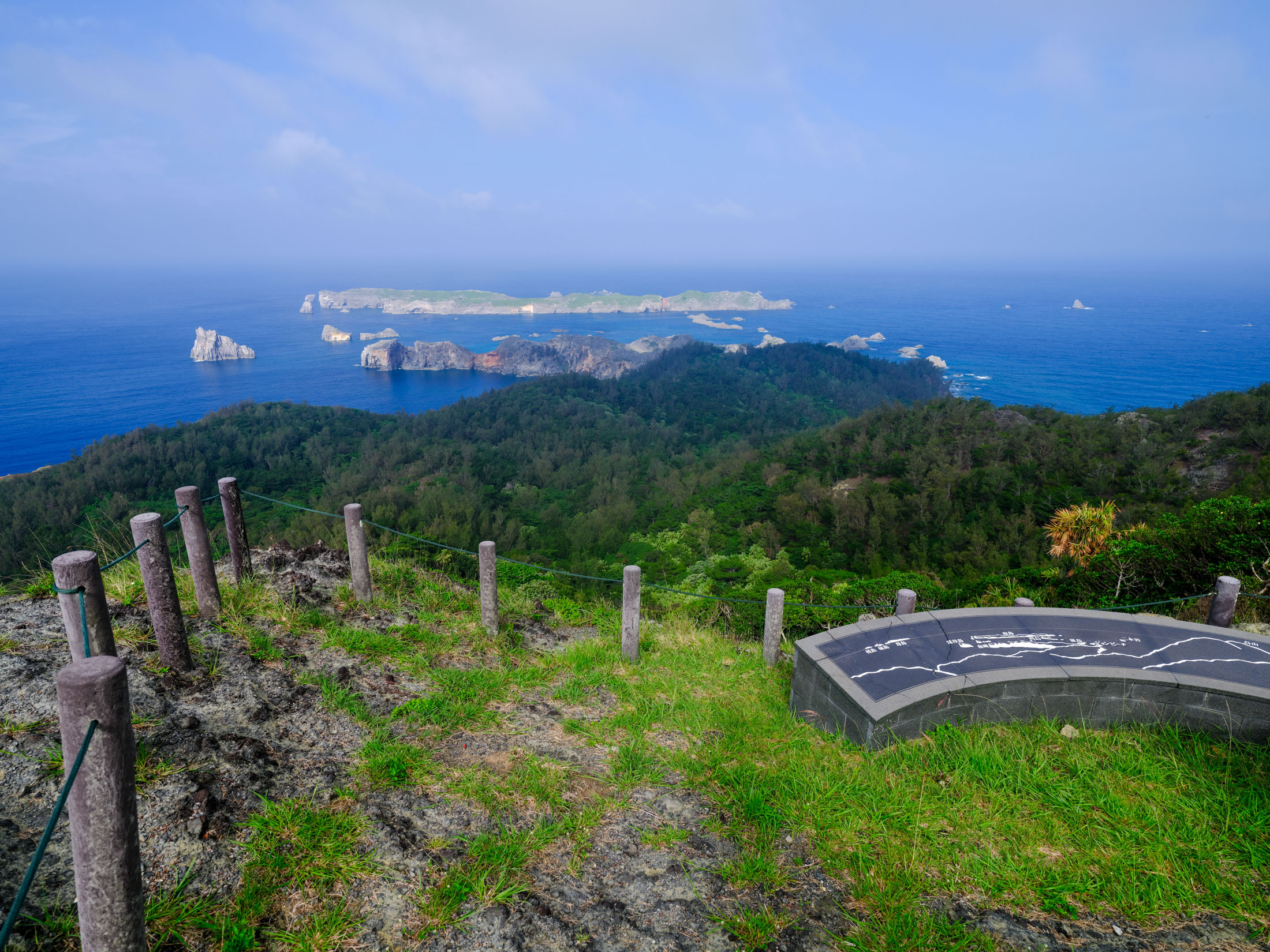
A multitude of endemic species are protected on the island. Among the most popular are the Bonin flying fox, the fruit bat, the red-headed pigeon and the snail!
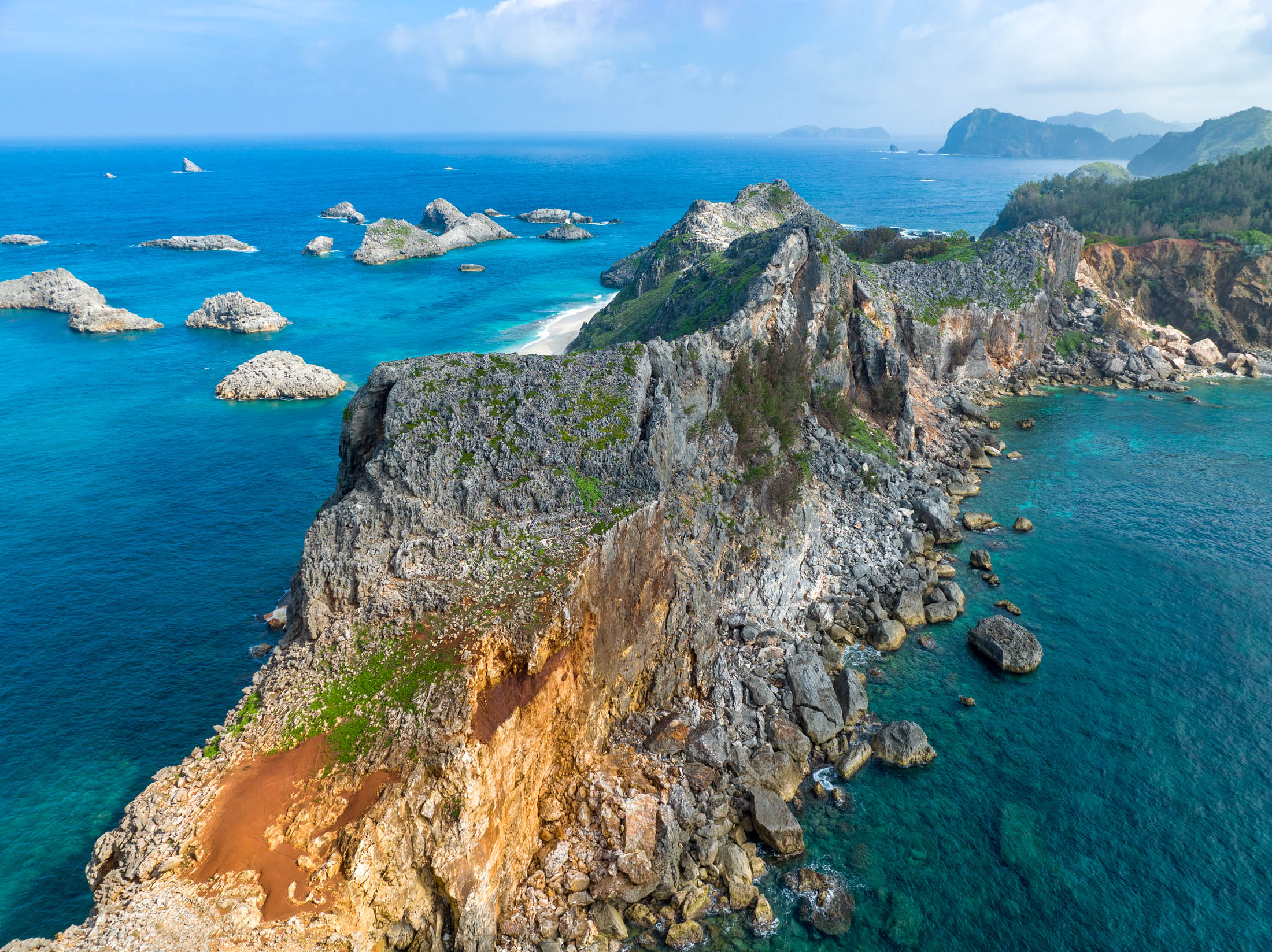
Over a hundred species of snail live on the archipelago. Travellers are asked to wipe the soles of their shoes with vinegar to protect these gastropods from their nemesis, the flatworm.
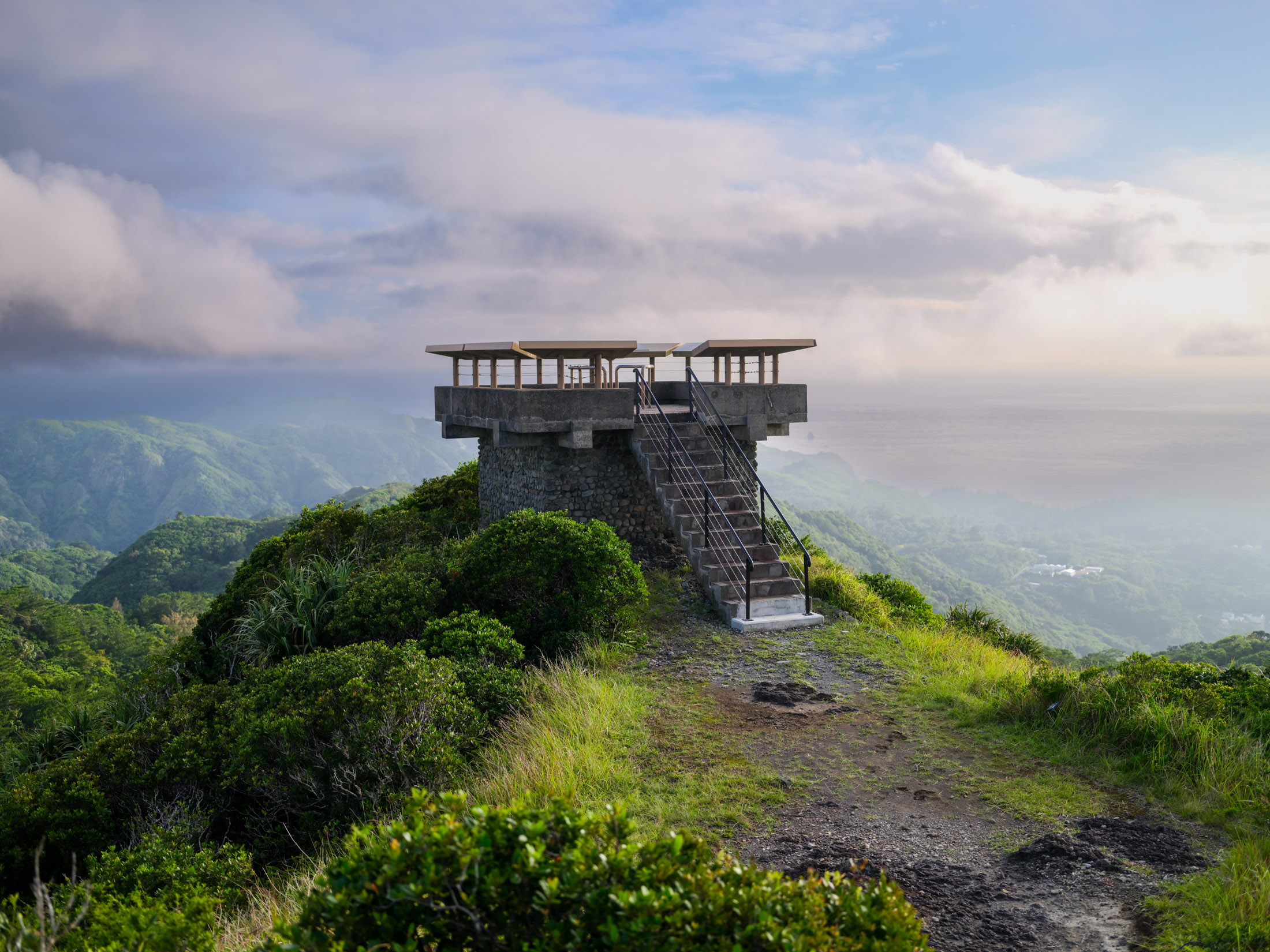
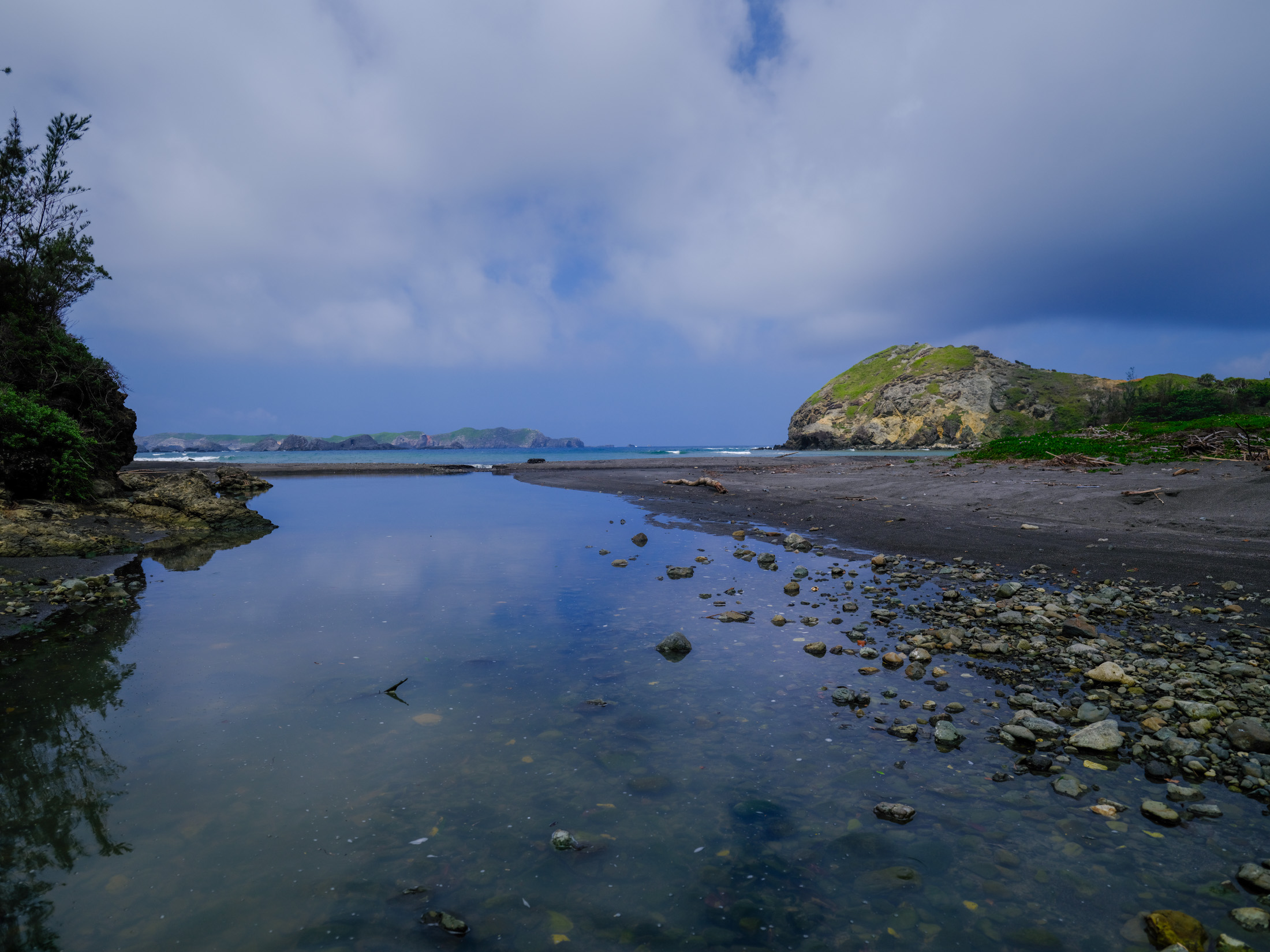
Did you know?
A few anecdotes about Ogasawara archipelago
- The archipelago is also known as the Bonin Islands.
- In the 19th century, under the influence of sailors on stopover, the locals began to make rum. Still produced today in the archipelago, this is the oldest Japanese rum.
- During the Second World War, the island of Chichijima was the sombre scene of the “Chichijima Incident” where Japanese soldiers ate five American prisoners.
- A new island appeared south of Iwojima following a volcanic eruption in August 2022.
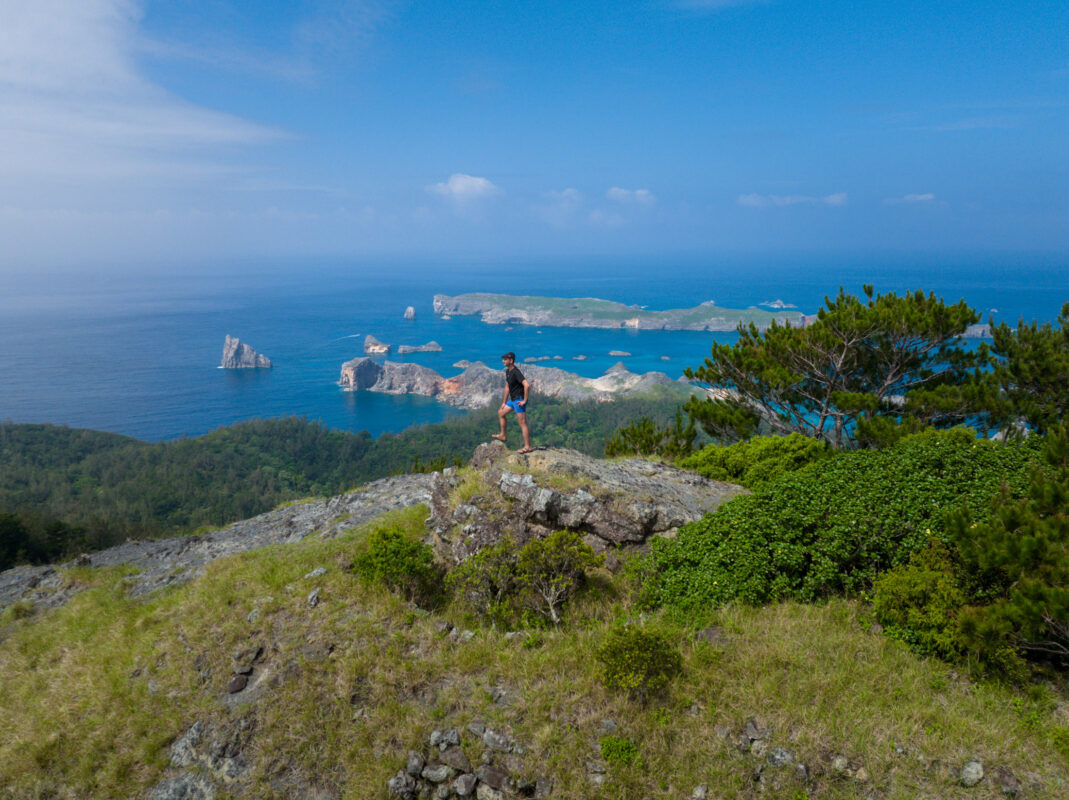
And for more awesome content about Japan, follow Jordy Meow on Instagram ! 🎵

